Netjer Pesedjet
Before creation, The goddess of fate, Neith, wove together her thoughts and ideas which became the primordial waters of Nun, personification of the cosmos. Nun is a chaotic and lifeless sea but all pieces needed for creation wait within. This included both the goddess of truth and justice, Maat (Luxis), and the god of chaos and disorder, Isfet (Azryth). Ptah-Knum was the first to emerge, dredging up black silt from the waters of Nun and mixing them with peices of his own body. He created and shaped other beings, and all of creation, as a potter molds his clay. First he creates benben, the primordial mound, which is to be the foundation of the world. A lotus flower blooms atop this mound giving birth to Ra (Rithaldis), god of the sun. Ra uses his intense heat to bake the creations of Ptah-Knum, solidifying the bodies of Shu (Rylis), Geb (Ylithuum), Sekhemet (Ferith) and Tephnut (Wylrith). These four then sire Osiris (Zalikar), Isis (Lithmor), Set (Raegeric) and Anubis (Dalyeric).With the last of his body, Khnum-Ptah creates two more entities repsonsible for populating their new world with plants and animals, Sobek (Lunil) and Renenutet (Fliral).
All that remained within Nun was Isfet, hungry and lonely and jealous of these creations of which he was left out. Isfet, having no body of his own, crafts the giant snake Apep (Vokda) and instills in him a desire to consume all that has been created. Ra leads the others in a catastrophic battle against Apep. They were able to subdue him but only by Ra transforming himself into the sun and scorching Apep's body which consists of darkness. Ra was unable to transform back into a human form and Khnum-Ptah wept for him, the first humans being born from his tears. In this time of grief, Isis stepped forward and offered up her own body to Ra. Thus they became Raet and took up the mantle of queen of the gods. The slain Apep was sealed into the underworld, the land of the dead called Duat. Each night, as Raet journeys through Duat, Apep attacks her sun barge. She transports the body of Ra, the sun, through Duat and relies on the other gods to protect her until dawn, Apep trying to slay his mortal enemy and escape.
Order and Chaos
Isfet and Maat are central in the Masriyyin philosophy of dualism, these forces both complementary and paradoxical, unable to exist without the other. Maat is meant to overcome Isfet, both often equated to Azryth and Luxis or Allah and Iblis in Islam al'Rasul. Within Masriyyin philosphy, order and harmony must overcome evil, chaos and disharmony so that the order of the world doesn't fall apart. For this reason, they believe only their pharaoh can achieve and maintain ma'at, appointed by the gods to do so.
Those who destroy the lie promote Ma'at
those who promote the good will erase the evil
As fullness casts out appetite
as clothes cover the nude and
as heaven clears up after a storm
Maat—Luxis
Goddess of truth, balance, order, harmony, law, morality and justice. She regulates the stars, seasons and actions of mortals and deities. In her masculine aspect, Khnum-Ptah, she brought order from chaos during creation. Her opposite is Isfet, chaos and evil. Both she and Isfet still live within Nun as they lack physical bodies. She is usually depicted as a woman with a crown of ostrich feathers, in fact the feather of truth is one of her own. She also embodies the philosophy of ma'at, harmony and truth, which is central to the Masriyyin morality.
Isfet—Azryth
Isfet is the counterpart of Maat, representing injustice, chaos, violence and evil. Like Maat, they lack a physical form and are instead the progenitor of Apep. If Isfet were left to rise to power, the Masriyyin believe humanity would decay and return to Nun. Isfet seeks to destroy the overall order that holds the world together, that without Maat, Isfet would halt al-Nil and plunge Kemet into famine. Every ritual performed in Masriyyin temples is beleived to maintain Maat and subdue Isfet. In Islam al-Rasul, Isfet is often equated to Iblis.
Creation
Khnum-Ptah
Male aspect of Maat, he is the creator of the world and lord of truth. Patron god of sculptors, craftsmen and builders of monuments as he was thought to have sculpted the earth. Sometimes he is called Amun or Aten, he was the first to rise from the waters of Nun and shaped both the gods and the world from his body. Its for this reason he cannot walk the world, both this creation and all people made from his flesh. In fact, once Masriyyin religion merged with Islam al'Rasul, Khnum-Ptah is often viewed as Luxis or Allah himself, expressive of Luxis' creativity. He is depicted as a mummified man wearing a skull cap and holding a scepter of authority with the ankh and djed symbols at the top, his hands protruding from his wrappings.
He gave birth to the gods
He made the towns
He established the nomes
He placed the gods in their shrines
He settled their offerings
He established their shrines
He made their bodies according to their wishes
Thus the gods entered into their bodies
Of every wood, every stone, every clay
Everything that grows upon him
In which they came to be
Thus were gathered to him all the gods and their kas (souls)
Content, united with the Lord of the Two Lands
Neith
Prime creator who weaves the universe itself and governs its functions. She is both revered and feared—her name meaning The Terrifying One. Goddess of fate, the cosmos, magic, weaving, wisdom, water, rivers, mothers, childbirth, hunting and war. Sometimes she is called the Grandmother to the Gods. Neith weaves the world daily on her loom, all that she conceives in her heart coming into being. She is depicted as a fierce deity wearing a red crown with a harpoon.
Nun
Personification of the primordial chaos from which the world arose, woven by the mysterious Neith. She is a personification of the cosmos as a whole. Everything will eventually return to Nun when the time comes. She is often associated with mht-wrt or Great Flood though others claim these were Khnum's tears from which humanity spawned.
Raet—Rithaldis
The goddess of the sun itself and the most revered entity among the Masriyyin outside of Allah himself. She was first among the gods and the subduer of Apep. She once ruled over both the living and the dead as Raet, sailing her sun barge across the sky each day before plunging into the underworld (Duat) at night, only to reemerge at dawn. Ra was once his own entity but sacrificed his body to defeat Apep and this body -the sun- is still used as a weapon against chaos. Isis took him into herself, merging and becoming Ra-Isis or Raet, the female version of Ra's name. Raet is represented by a number of divine solar creatures but especially the Bennu bird, a heron synonymous with a Masriyyin pheonix, if not by an Axex which possesses the features of a bennu. It is believed the bennu flew over Nun and awoke creation with its call and is otherwise a symbol of rebirth. Another animal which represents Raet is the Khepri Scarab, likened to a scarab rolling the sun across the sky.
Apep—Vokda
Also called Apapi or Apophis, this is the astral, primordial being which embodies the darkness and disorder of the void of space. He was created by Isfet, molded to be a chaotic, greedy and jealous entity with a ravenous apetite taking the form of a giant snake. In fact, dangerous draconic creatures called Apapi are believed to be his spawn or emissaries. While Raet is the champion of Maat, Apep is the champion of Isfet, these two upholding opposing objectives. As the Lord of Chaos, Apep fought against order and harmony. He is sometimes depicted as a snake like dragon, called the Serpent of al-Nil, and is depicted with a body made of flint. While Raet and Apep once battled each night, Osiris took Apep into his body so that he could walk and experience Emynea without causing pestilence and chaos, his body remaining in Duat. Thus Osiris became the god of darkness and lord of the underworld. Masriyyin priests perform a ritual called the Banishing of Chaos to cleanse Osiris of Apep's evil each day, burning effigies of Apep to keep him tame. When famine or pestilence occur, all manner of rituals are performed to satiate Apep's hunger which they assume is the source of these troubles.
First Generation
Sekhemet—Ferith
Sekhemet is one of four original gods created by Khnum-Ptah and Ra alongside Shu, Tefnut and Geb. Sekhemet is the goddess of war, fire and medicine—a vengeful deity who breathes flames and hot winds over the desert. Her name means Powerful or The Female Powerful One as she is a champion to all women. As the goddess of destruction, she has a keen and relentless bloodlust that will not subside unil the end of battle. The only way to sooth her is with beer. She is portrayed as a woman with a lion's head and wears a sun disk circled by a cobra on her head. She might also wear a battle dress and carry a bow and arrow. Sekhemet is considered the sister of Bastet or at least her sisters-in-arms.
Tefnut—Wylrith
Tefnut is the god of moisture, moist air, dew, rain and water. He was created by Khnum-Ptah in the beginning alongside Geb, Shu and Sekhemet. He is the consort of Sekhemet and father of Osiris and Isis. Tefnut is most often depicted as a man with a lion's head or a serpent with a lion's head. Tefnut is most often invoked by priests during purification rituals or for the health of the pharaoh. Despite being a mostly peaceful and purifying entity, he is also capable of vicious wrath when provoked.
Geb—Ylithuum
Geb is the goddess of earth, one of the original four deities created by Khnum-Ptah alongside Shu, Tefnut and Sekhemet. The Masriyyin believe her laughter is the source of earthquakes and that she nurtures all crops with her body. Geb is usually depicted as a ram, viper, barley, bull or crocodile. She can represent both the fertile soil and barren desert, embracing the dead and imprisoning the bodies of the unworthy. She is the consort of Shu and believed to be the mother of Set and Anubis. It is Shu and Geb who separate Nun from Emynea, from the chaotic cosmos. She also has a close relationship with Renenutet.
Shu—Rylis
The primordial god of the air, peace and wind whose name means Emptiness or He Who Rises Up. He is considered to be a cooling, calming influence, sometimes closely associated with Maat. He is even depicted with a single ostrich feather. Lightness, emptiness, the sky, fog and clouds are also attributed to Shu. After the primordial mound benben rose from the waters of chaos at creation, Khnum-Ptah created and sent his children Shu, Geb, Sekhemet and Tephnut to mold Emynea. These four are the parents of Osiris, Isis, Set and Anubis.
Second Generation
Osiris—Zalikar
Osiris is Lord and Judge of the Dead and the first king of Kemet through his marriage to Raet. At first, his wife would descend into Duat, the underworld, each night and he was her staunchest defender and guide through the shadows, which were one of his aspects. Osiris was the god who ushered in the dawn. One night, Apep was able to bite and poison Osiris. Raet was beside herself with concern, allowing Apep to escape the underworld. The world above grew dark and a pestilence overtook their fields. Osiris fell into a deep slumber and Raet refused to leave his side. The other gods scoured the lands for Apep but none could find him without her light. Raet used her magic and knowledge of medicines to preserve Osiris' body, making him into the first mummy.
While his body couldn't move, Osiris used his shadow to seek out Apep. It took 80 days of searching in this shadowy form but finally, Osiris found Apep. Yet Apep wouldn't allow Osiris' shadow to return to Raet or alert the other gods, refusing to return to the underworld. Osiris could see the fear and sorrow in Apep, softening his heart. Apep had only ever wanted to enjoy Emynea with the rest of the gods, not in control of the chaos and pesitilence which follows him.
Rather than exposing and driving the snake back by force, Osiris made a deal with Apep. So long as his body remained in Duat, Osiris would take Apep's spirit into his body like his wife had done for Ra. From then on, Osiris descends into the underworld during the day as Judge of the Dead and walks Emynea amid the night as the god of darkness. He weighs the hearts of the deceased against a feather of Maat, truth. Osiris is depicted as a mummy with green, blue or black skin, holding a crook and flail of kingship. He is often represented by snakes which came to be the wadjet symbol of kingship worn on the headdress of royalty. Once a year, a festival and procession reenacts his sacrifice and reunites him withe Raet.
Isis—Lithmor
Raet is depicted as a woman with the horns of a bull and the sun disk placed between them, spreading out her arms with the wings of a Bennu bird in protection. However, Isis alone is represented instead by a Masryeen Vulture, the symbol of eastern Kemet, which is called nekhbet, a headress worn by royalty alongside her husbands symbol, the wadjet. Isis is the most revered goddess in Kemet who merged with Ra to form Raet or Ra-Isis, becoming the goddess of light and the sun. She is also the wife of Osiris, god of darkness and the underworld. Isis is a mother goddess, Pharaohs believed to descend from her through Horus but she is also mother to Khonsu. Raet is invoked for healing magic though sometimes she is invoked just as Isis, considered her maiden aspect before merging with Ra.
Isis is seen as an enchantress and the ideal model of femininity and innocence. It is believed that her magic, her ability as a mage, exceeds that of all the other gods as their queen and creator. She governs the world from Dawn Ahrayn, her skyborn city and physical equivalent of her sun barge of myth. Raet is also responsible for the death-ressurection cycle of both the sun and the dead. As wisdom and knoweldge are one of her aspects, Isis is known for her cunning. It is claimed that she is more clever than a million gods, often outmaneuvering the scheming of other gods and humans, but cannot be overlooked for her overwhelming power on the battlefield, wielding the sun itself. These destructive aspects and power are called the Eye of Ra.
Set—Raegeric
Set is the god of war, chaos, confusion, storms and pestilence (often conflated with Dalyeric or his daughter Rylmer). His name means Instigator of Confusion and Destroyer. He was once among those who drove away Apep but took in too much of Apep's venom in this battle, leaving his mind chaotic and unbalanced. He is viewed as a god of the desert as his lands are found across from the Shamsi Desert. Set is viewed as evil by the Masriyyin but not quite as evil as Apep. Amid the Downfall of the Erlithmanil, he and the Quiris-Hellenes empire he led at the time were blamed for the fall of both Osiris and Raet. Ilnid, taking the mantle of Horus, then aided Sylthari in taking Set down and driving his empire from Kemet. Often depicted with the head of a Sha if not with the head of a hippo, pig or Aa-hemet Donkey.
Anubis—Dalyeric
God of death and decay associated with embalming, he works closely with Osiris once he became Judge of the Dead. Anubis is depicted as a man with the head of a dog or jackal which carries a staff. He collects and guides the souls of the dead into the Hall of Truth and is part of the ritual of the Weighing of the Heart of the Soul in the afterlife. While they were once separate gods, Anubis and Serkhet were combined into one. Serkhet is a protective and funerary goddess, often depicted as a scorpion woman. She is a mother goddess most known as one who protects people, especially children, from venom and poisons. She is the master of seven scropions which defend Raet. Most of her priests are physicians, invoking her name while performing healing magic.
Renenutet—Fliral
Renenutet is the goddess of nourishment, harvest, rearing of childdren and plants overall, often called the Snake Who Nourishes or Lady of the Fertile Fields. She is also seen as a fertility goddess who protects graineries as Nepri (Barnok), the goddess of grain, is one of her aspects. She is usually depicted as a woman with the head of a cobra and her name in hieroglyphs is rnn-wtt, the verbs to fondle, to nurse or to rear. Sobek is her husband, often seen as the god of and creator of al-Nil River alongside Raet. It is believed he is responsible for the annual flooding of al-Nil and fertilizes their fields, their harvest, represented by Renenutet. In fact, temples to Renenutet and Sobek are often conjoined. Renenunet is known to have a close friendship with Geb.
Sobek—Lunil
A protective and fierce deity which takes the form of an al-Nil Crocodile or man with a crocodile head. Sobek is a water god and was believed to have created al-Nil but he is also the god of all animals, gifting many Masriyyin with animal features. He has strong associations wth fertility, procreation, medicine, surgery and unexpected death. Sobek is among the war gods of Netjer Pesedjet, sometimes allying with chaos and acting as patron of armies. He is a dark god who is protective and strong. Lord of of marshes and wetlands alongside Uat-Ur, Sobek rules the lands across the western seas and lives atop a sacred mountain. Live al-Nil Crocodiles are kept within his temples, fed and pampered lavishly and living better than many humans.
Children
Khonsu—Sylthari
Khonsu is the daughter of Osiris and Ra-Isis, becoming an amalgamation of the dieties Khonsu, Thoth, Iah, Mekhit and at times Nut. Her name means the Traveler as she enjoys travelling all across Emynea to the fretting of her parents. She is the goddess of the moon, stars and all heavenly bodies and takes considerably after her mother, becoming associated with healing and fortune telling. However, in battle Khonsu takes up the visage of a lioness, referred to as Mekhit in legends. Every time she would run away, Raet would send Onuris (Banalkar) to find and retrieve her, beleived to be her consort.
Khonsu's gentler aspect, Thoth, resembled Raet's aspect Sashet (Kanilwyr). Thoth is the goddess of writing, wisdom, integrity and knowledge. She is believed to have taken over as the goddess of writing and science from her mother, spending time in the Hall of Truth and recording the deeds of the dead during judgement alongside her father. She is often called the Lord of Time or Reckoner of Years thanks to her record keeping and how her celestial bodies can mark the passage of time, especially the moon. Otherwise Khonsu is known as the patron of magic, incantation, academics and scribes. She is usually depicted as a young woman with the head of an ibis and wears a leopard coat resembling the night sky.
Onuris—Banalkar
Son of Sobek and Renenunet and also known as Shed, Haurun and Anhur. He is a protective god who guards people from wild animals and mortal enemies. He is a god of hunters, hunting, war and soldiers, lord of wild animals and weapons. Onuris is also famous for returning Khonsu home when she would run away and is considered her consort. He enjoys watching soldiers and warriors battle, mock battles performed during festivals in his honor. Sometimes, Onuris is depicted wearing the skin of an Axex and is a famous warrior and slayer of monsters. At other times he is depicted as a lion-headed man with a spear or lance, wearing a kilt, a headress made of four feathers and carrying a quiver of arrows. His head is shaved when he takes a human form, sometimes crushing snakes with his bare hands. Equated to Hercules by the Quiris and Gilgames in Birit Narim.
Ash—Aasaru
Daughter of Geb and Shu. Ash is the goddess of the desert and desert plants. She is a protective goddess, providing shelter in the form of wadis and oases. She is usually depicted as a young woman with the hieroglyph for desert over her head.
Aspects
Ba-Pef—Felryth
Aspect of Osiris and god of terror. He lives in the House of Woe in the afterlife and occasionally afflicts the pharaoh with nightmares. He isn't worshipped but there is a cult which makes offerings to appease him and relieve these nightmares.
Kek—Azowyr
Aspect of Osiris. He is the god of obscurity and night, of darkness and shadow. However, unlike many other cultures this cryptic deity isn't evil in any way. Instead, the Masriyyin believe he ushers in the dawn as the Bringer-in-of-the-Light. He guides Raet through the darkness of Duat each night.
Bastet—Kalitho
An aspect of Raet, she has a sisterly relationship with Sekhemet and is often seen as her gentler counterpart. Bastet is a beautiful goddess of cats, women's secrets, pregnancy, childbirth, fertility and guardian of the hearth and home from evil. Bastet is the defender of pharaohs, protector against diseases and evil spirits and once fought against Apep. Bastet is usually embodied in alabaster statues, holding a musical instrument and a shield decorated with the face of a lioness.
Mut—Rylmar
She the goddess of motivation, hope, drive, inspiration and is seen as the heart of Ra-Isis, one of her aspects. She is a mother goddess, often associated with and repreented by a Masryeen Vulture. This is the motherly and female attribute of Ra, sometimes called Amun, and it is believed she birthed Khonsu all on her own. Mut is a protector deity, guarding over people in life, rescuing souls trapped by demons in the afterlife and defending both the pharaoh and state. She sears and burns away the souls of disentors, conspirators and traiters in her solar fire.
Seshat—Kanilwyr
An aspect of Raet, Seshat is the goddess of writing, books, notations, measurements, wisdom and knowledge. Her name means The Female Scribe and she is believed to have invented writing, sciences, architecture, astronomy, astrology, building, mathematics and surveying. As a patroness of libraries, architects and accountants she is called She Who is Foremost in the House of Books. Seshat is portrayed as a woman wearing a leopard coat likened to stars and carrying a stick with a star on top.
Hathor—Mpertem
A sky deity and aspect of Raet. She is the symbolic mother of the pharoah and is considered part of the Eye of Ra. She is a benevolent goddess who represents music, celebration, women, drunkeness, dance, joy, love, sexuality and maternal care. She might also represent gratitude. Consort of several deities, Hathor exemplifies femininity and helps the dead transition into the afterrlife. Depicted as a cow, lioness, cobra or sycamore tree.
Ihy-Merit—Sonildaz
Ihy-Merit is the goddess of music, aiding in the establishment of cosmic order with her songs, as the conductor amid creation. She is especially related to the musical instrument sistrum, her cult insisting children should be welcomed into the world with music.
Uat-Ur—Ithisda
An aspect of Tefnut, Uat-Ur is the personification of rivers, swamps, lagoons and lakes. Their name means The Great Green and she is seen as a fertility goddess for this reason. Invoked in protective amulets and tombs.
Yam—Siryl
An aspect of Tefnut, he was once a foreign god from Kna'an and now represents the sea. He is the personification of the raging ocean, feared by many and invoked in protective amulets worn by sailors and fishermen.
Ishtar—Lothvem
She is an aspect of Tefnut, a goddess inspired by Siryan lore which represents love, fertility, sexuality or sexual pleasure and war. She is otherwise known as Annat, Innana, Qudshu, Aphrodite or Astarte. Counterpart to Reshep, her husband.
Reshep—Zithvek
Aspect of Sekhemet and counterpart to Ishtar. He is both a fertility god and the god of war and pestilence. He was once worshipped throughout Arya before Islam al'Rasul.
Wepset—Flithmar
An aspect of Sekhemet, she is a protective fire goddess called She Who Burns. She is depicted burning the enemies of Osiris and Raet in the underworld as a fire breathing serpent.
Hapi—Oril
An aspect of Geb and a fertlity goddess who represents the fertile black silt of the al-Nil River. These are the black soils which fertilize the fields Kemet. Hapi is portrayed as a woman with a large belly and breasts, signifying fertility.
Heqet—Iliog
Heqet is an aspect of Sobek, as the part of him which represents fertility, childbirth and frogs. He is usually depicted as a man with the head of a frog but can also be depicted as a woman interchangeably.
Nefertum—Lithyr
An aspect of Renenunet, she is the god of perfume, sweet aromas and flowers. She was born from the lotus from which Ra emerged, associating her with rebirth and transformation. It is believed her aromas can heal or cure diseases.
Hatmehit—Lishil
Aspect of Sobek and the god of fish, her name means Foremost of Fish. She is depicted as a woman with the emblem of or crown of fish on her head, usually a dolphin, ray or catfish. Her temples are found most concentrated in the delta of al-Nil.
|
All images were created by me using AI generator, is my own art or a combination of the two!
(AI generator is wombo dream.ai) |


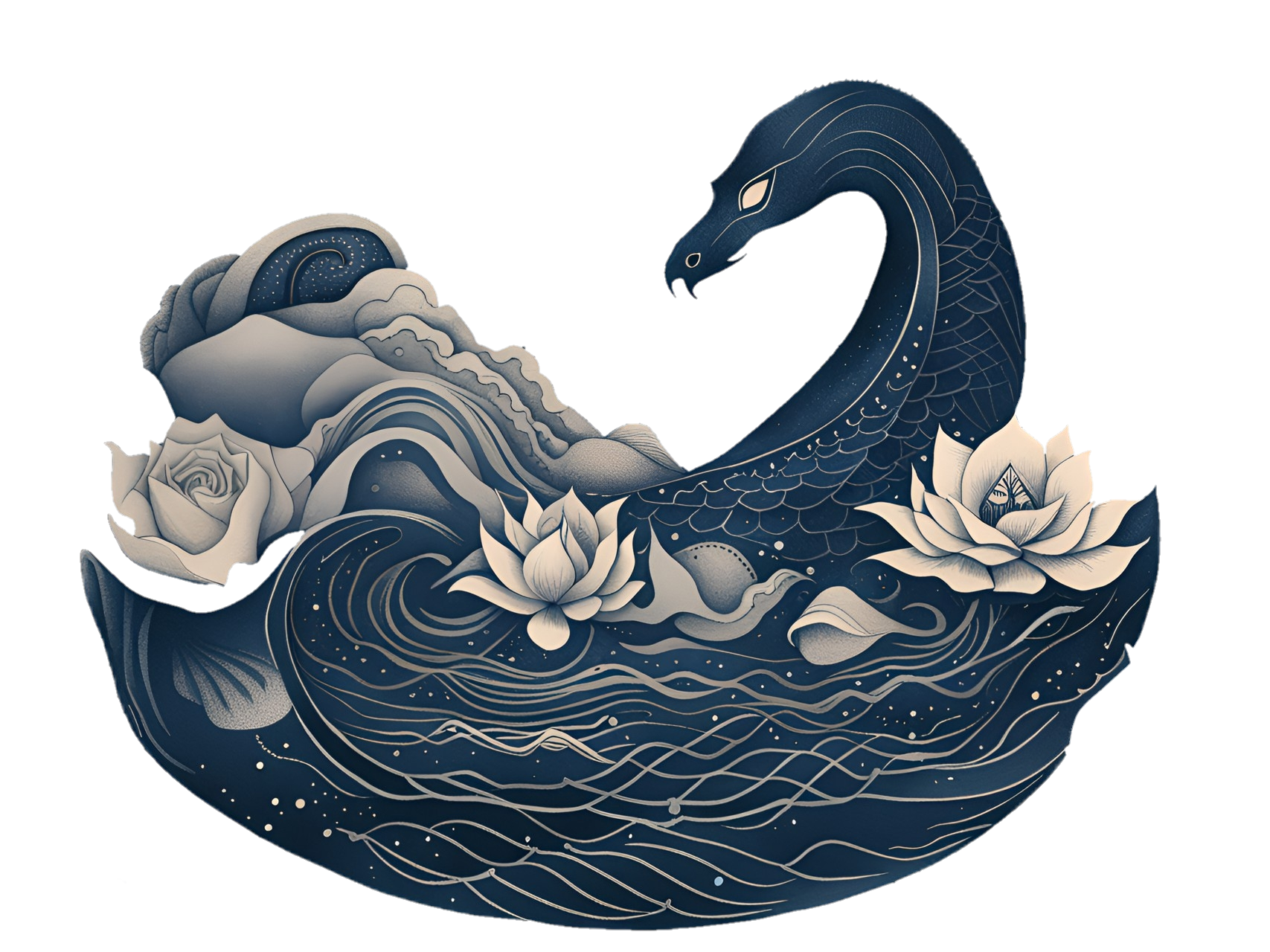

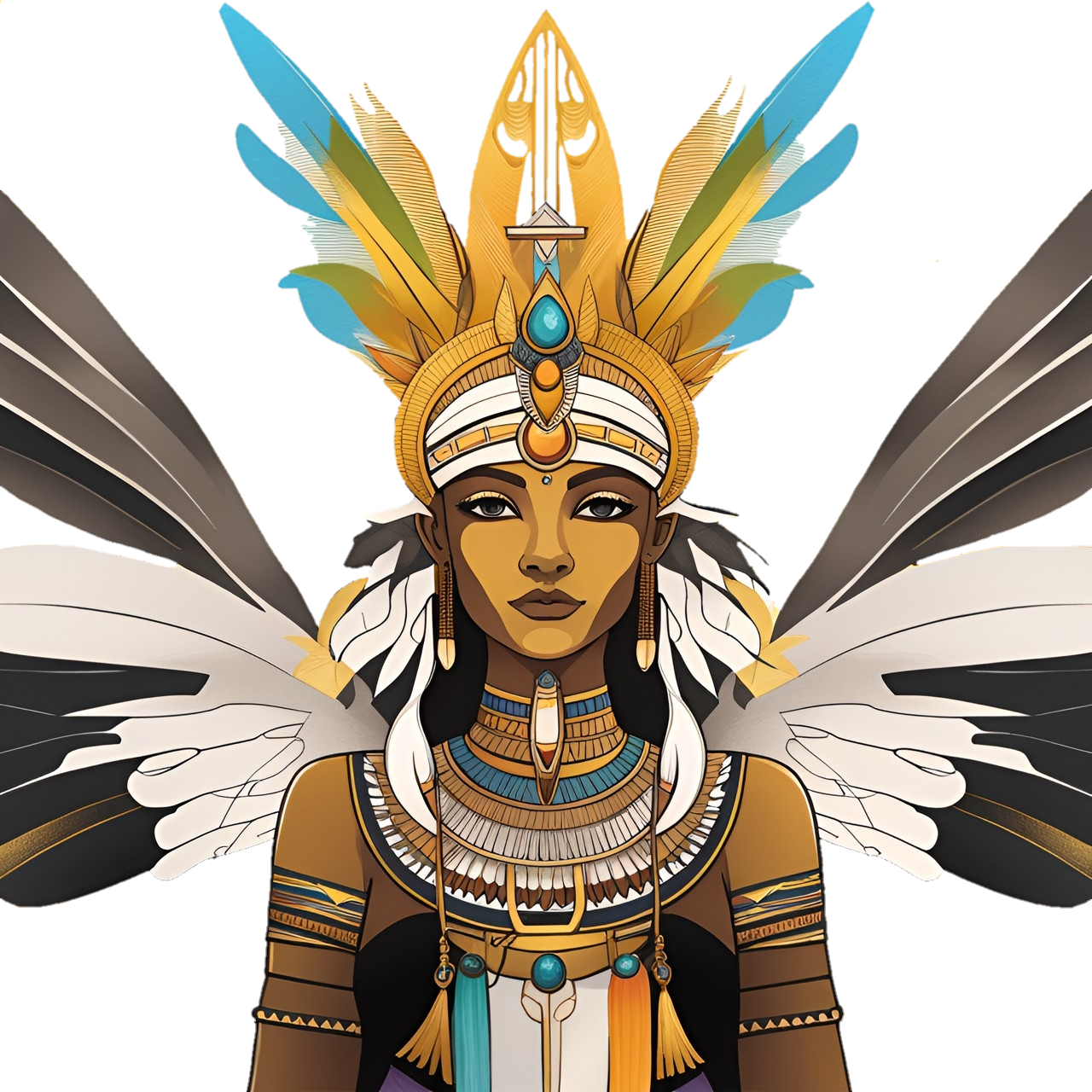
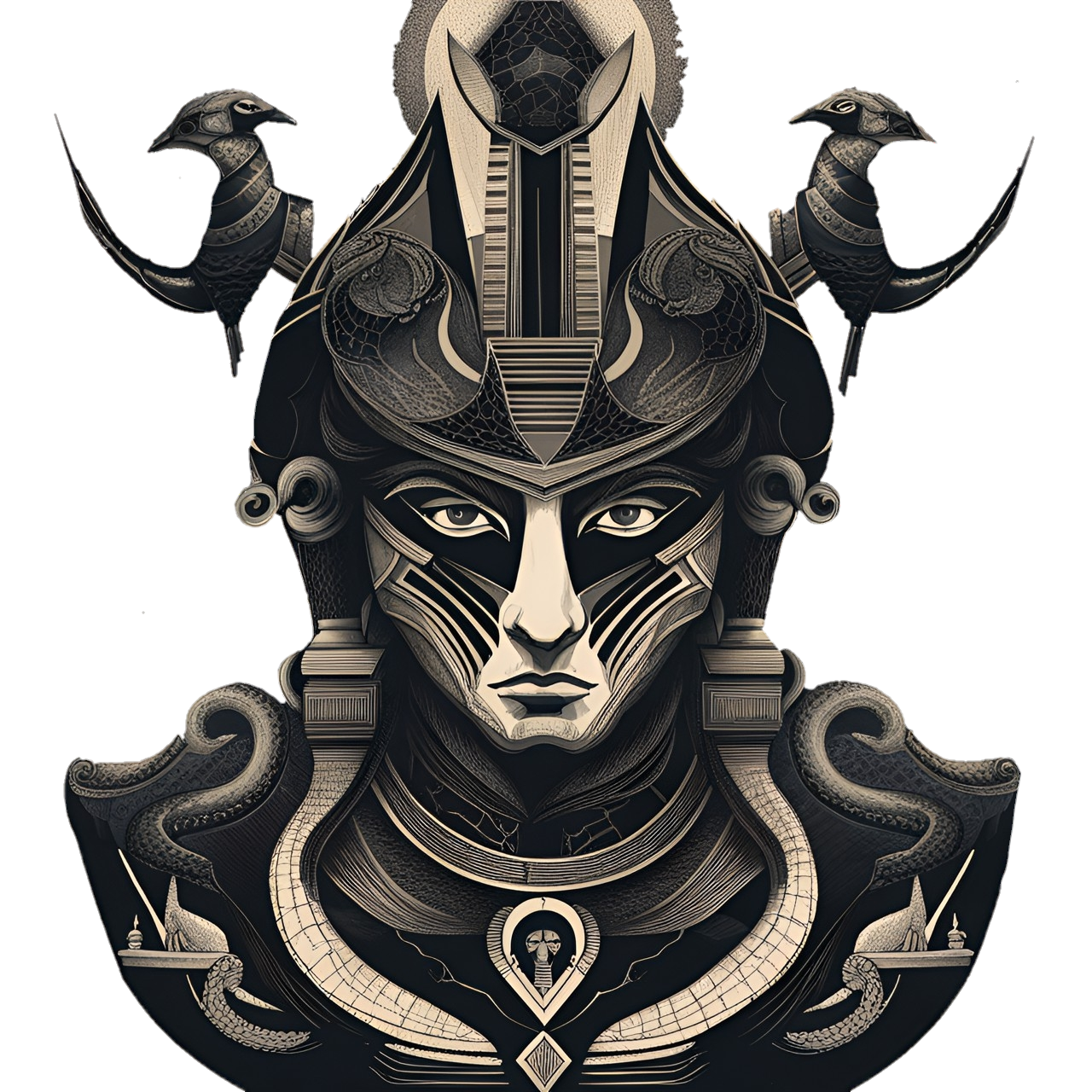
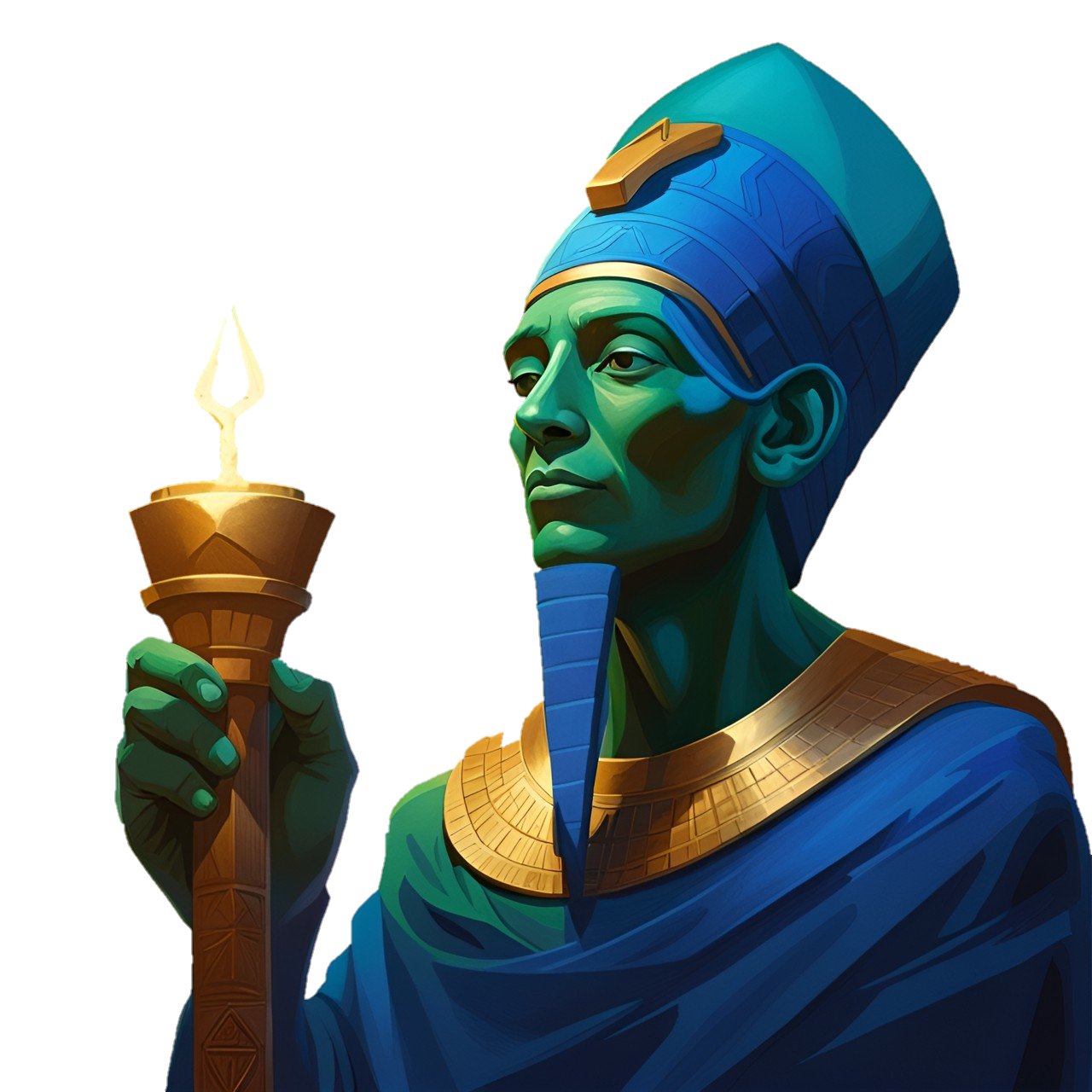
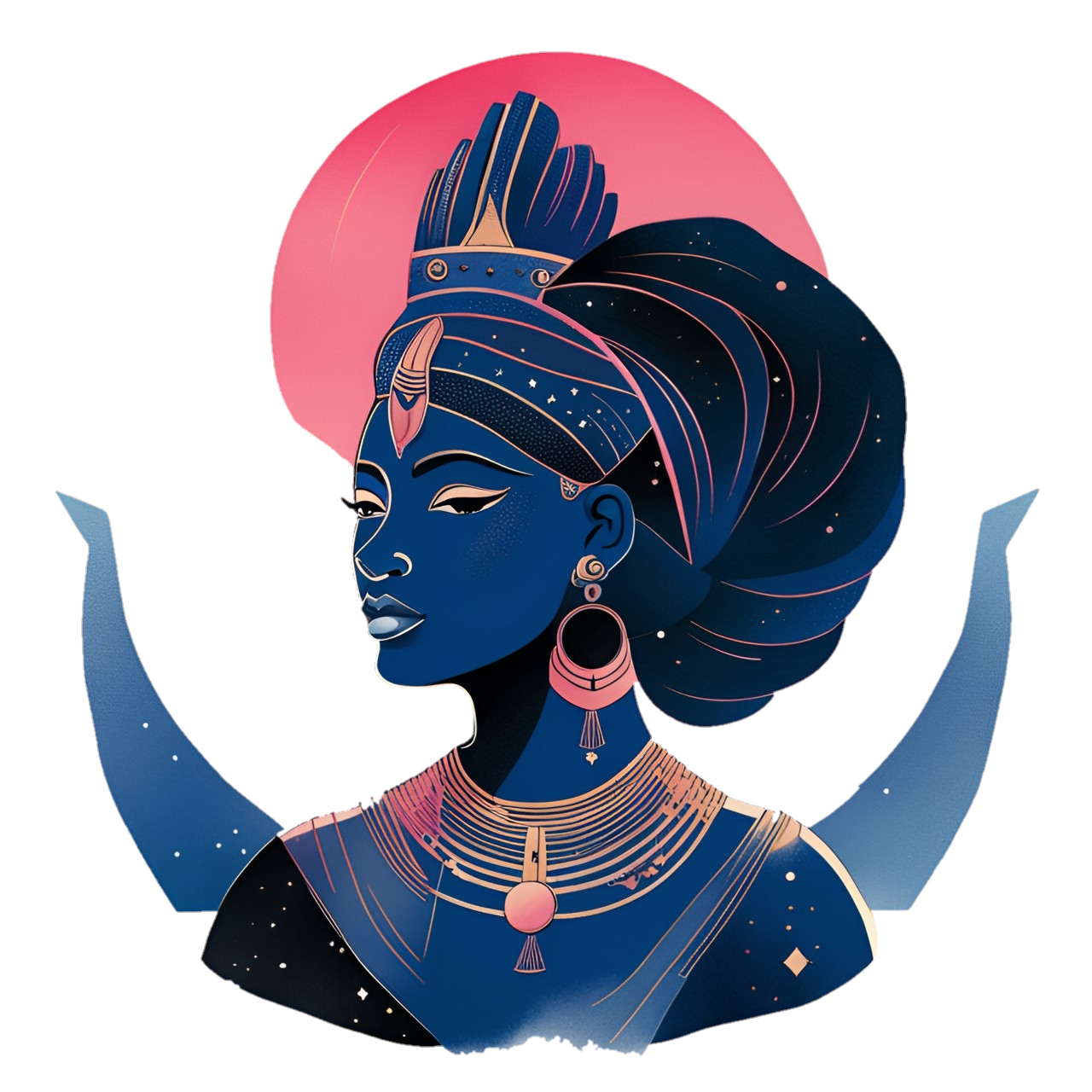
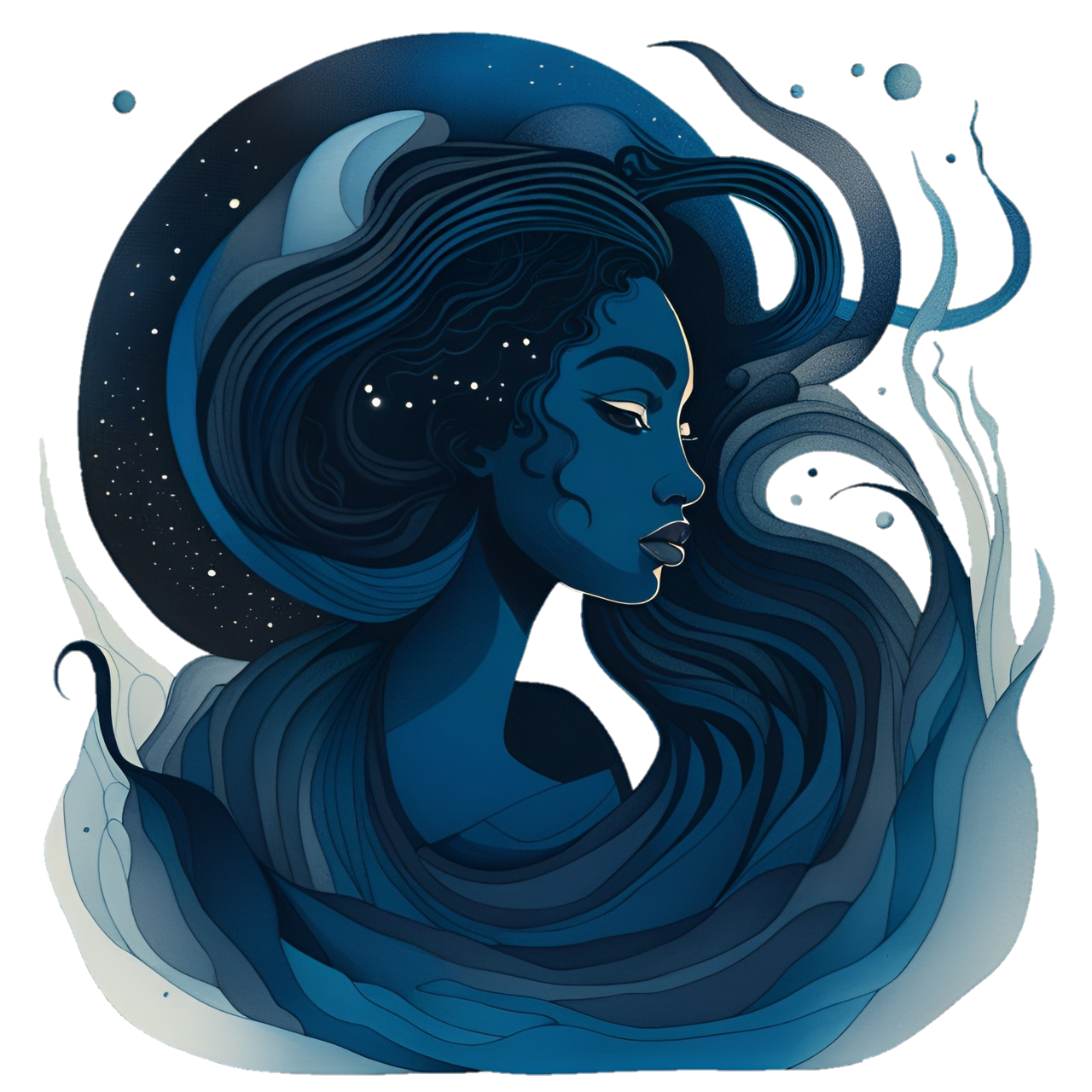
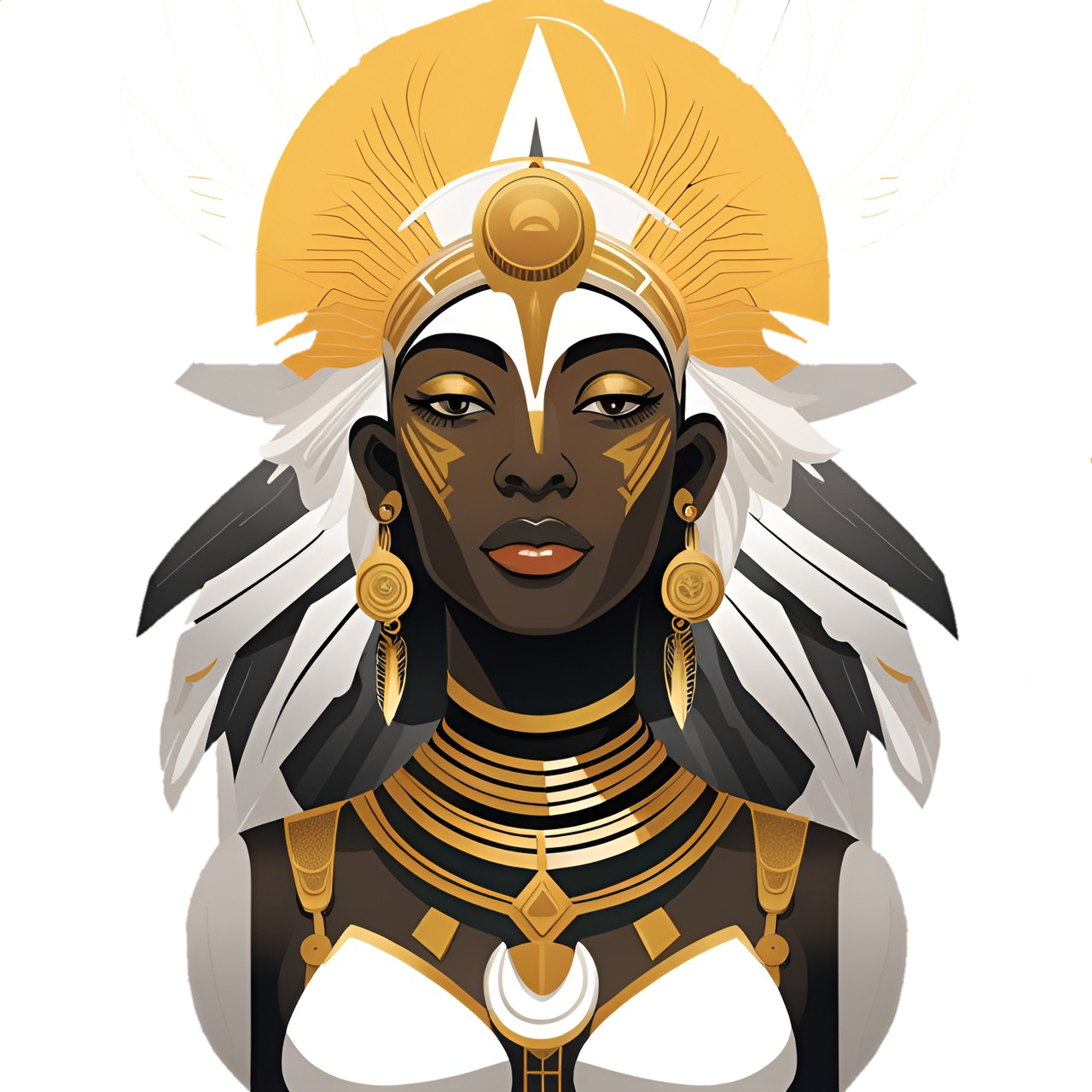
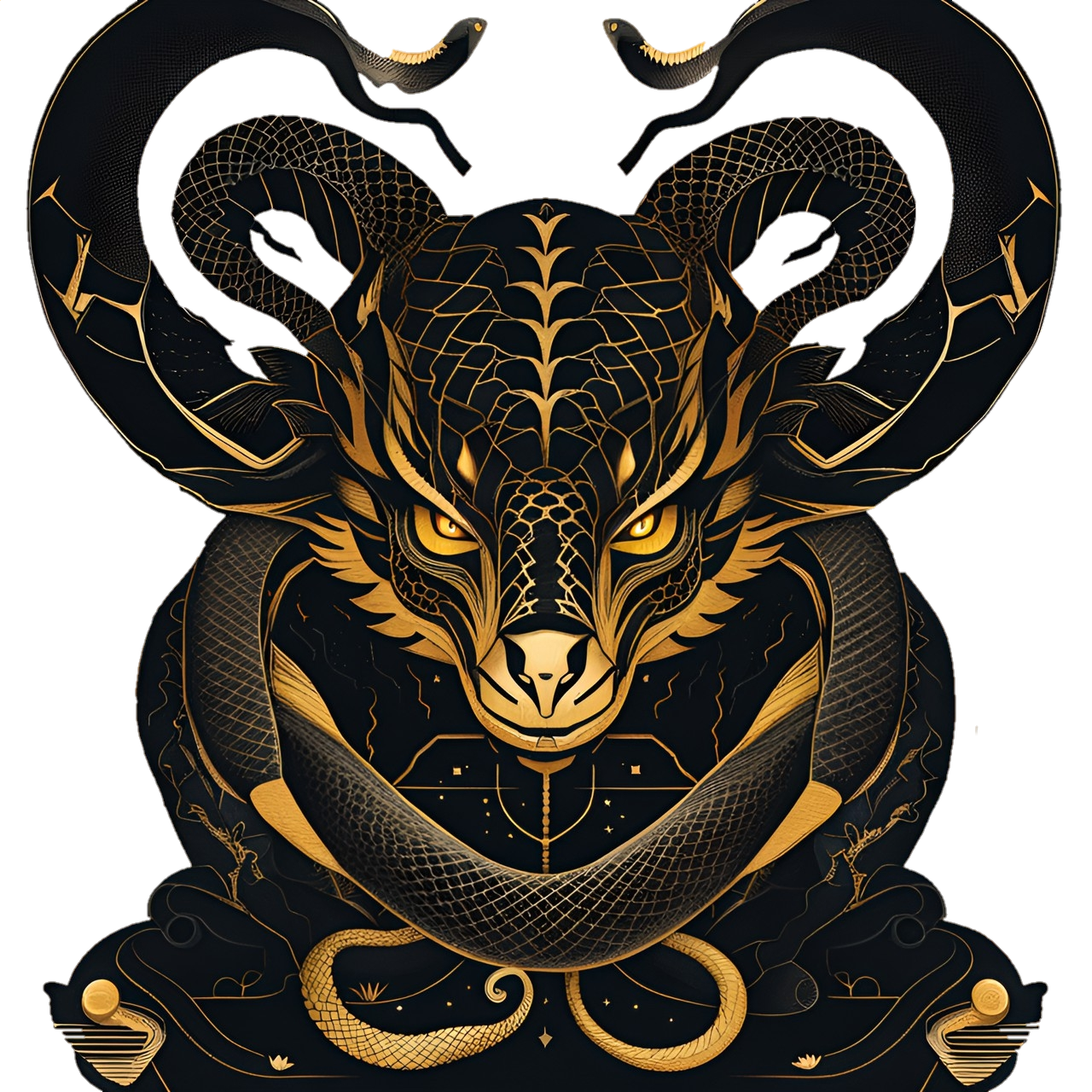
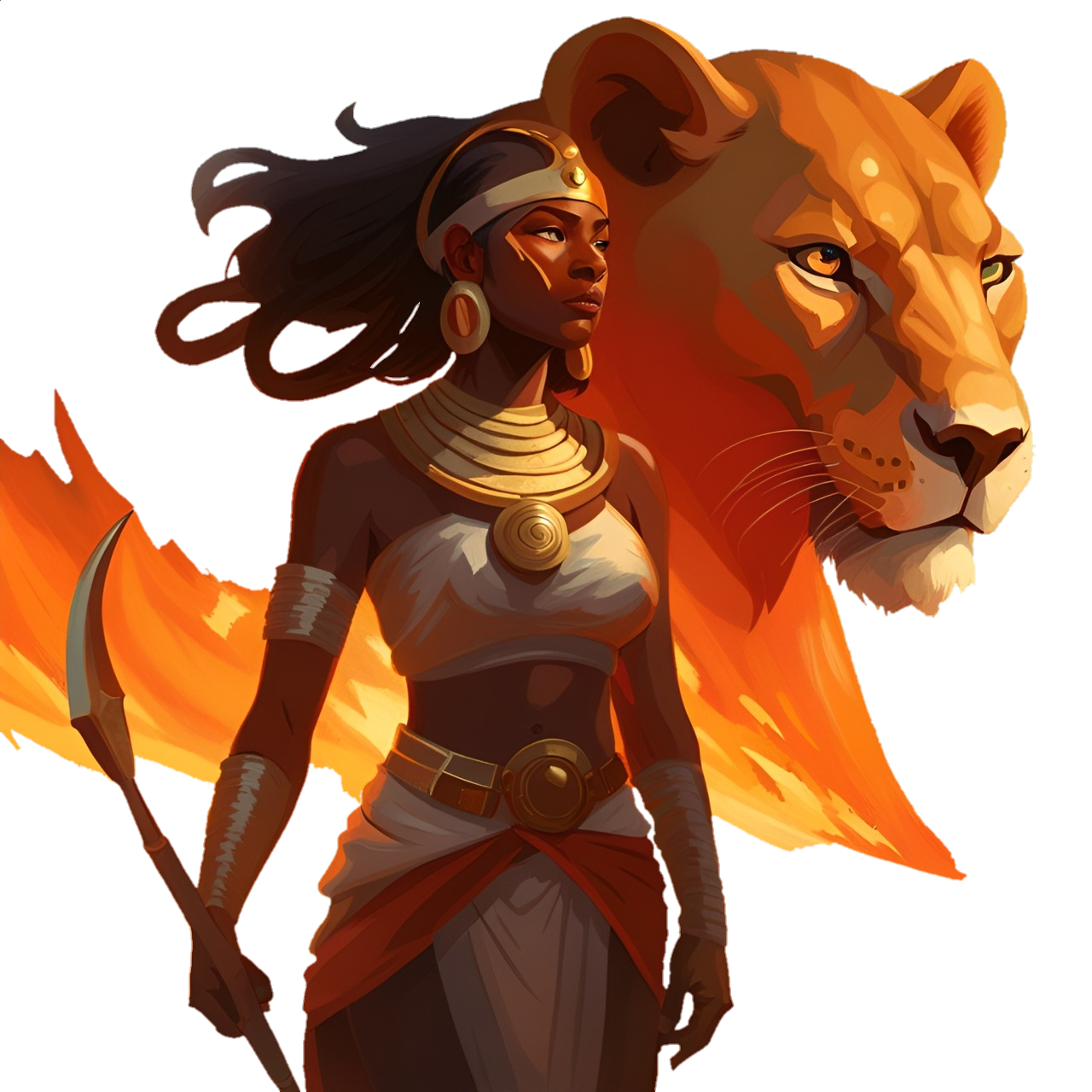
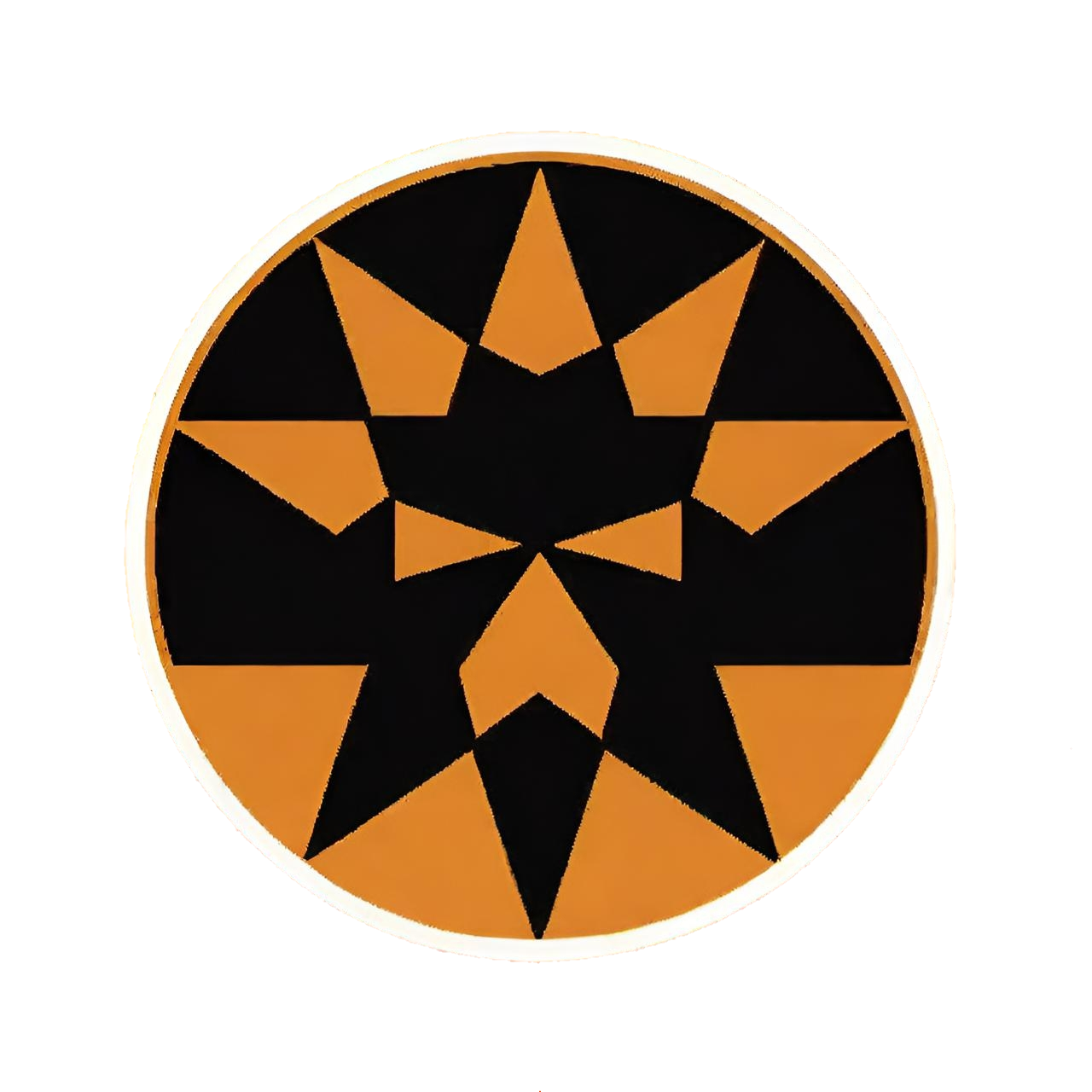
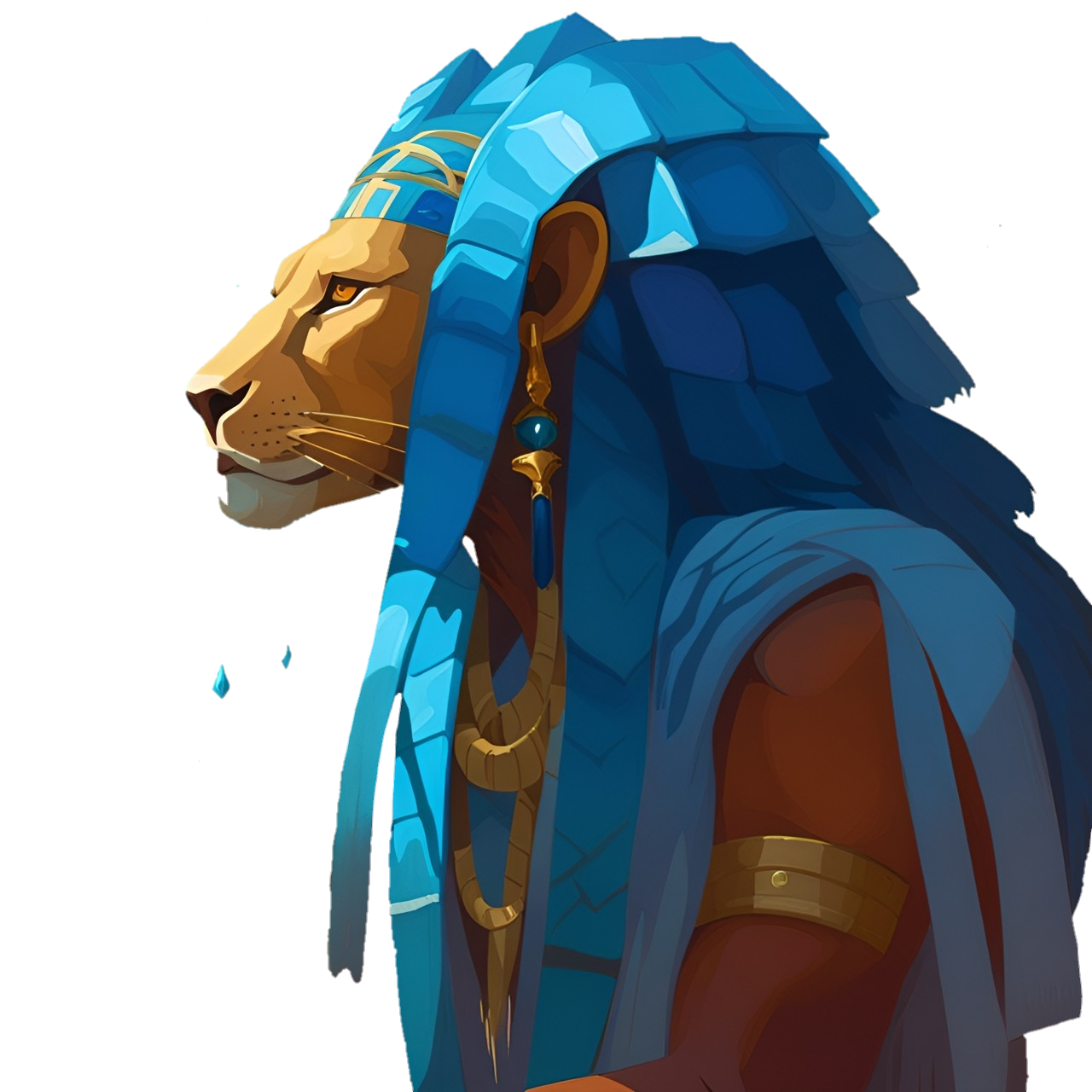
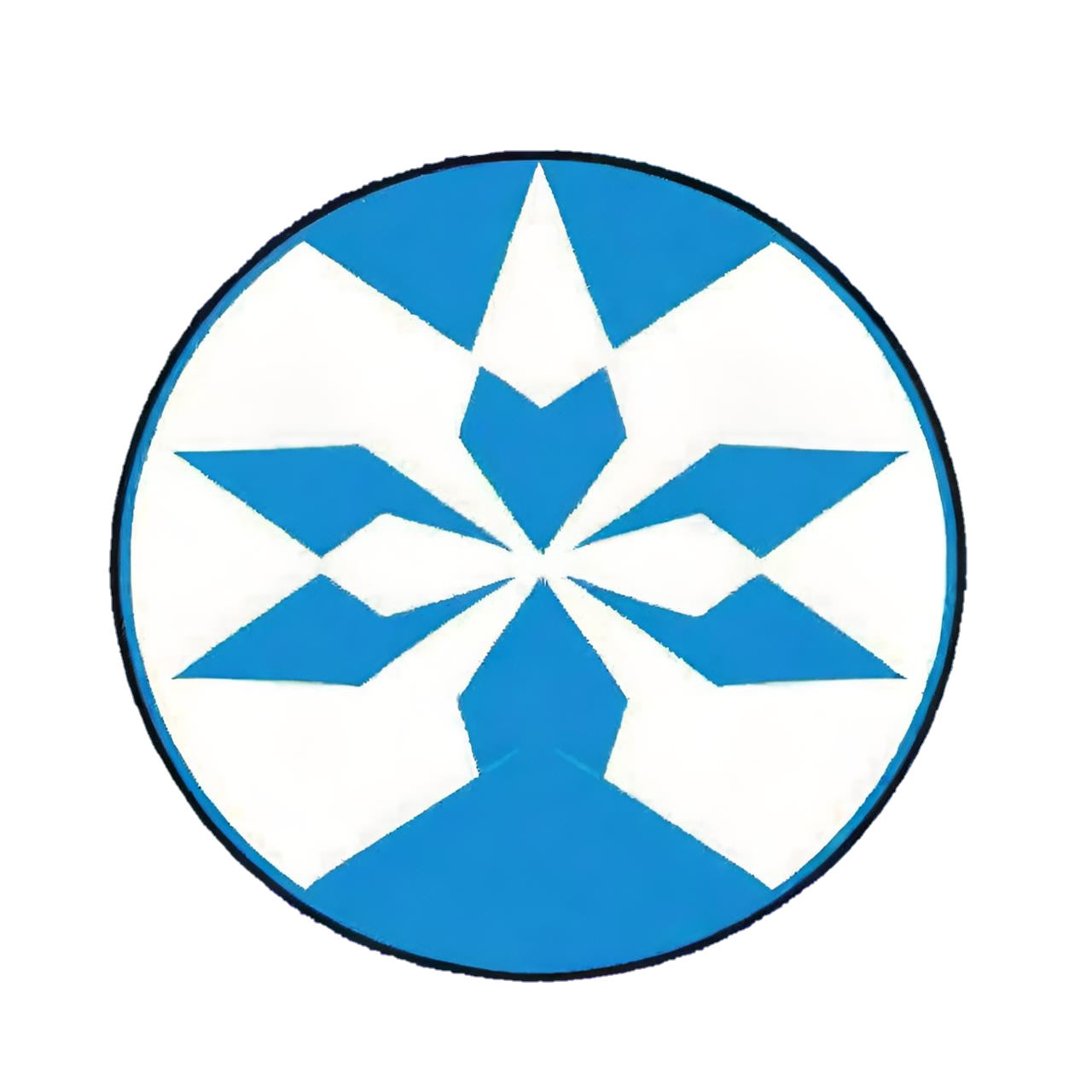
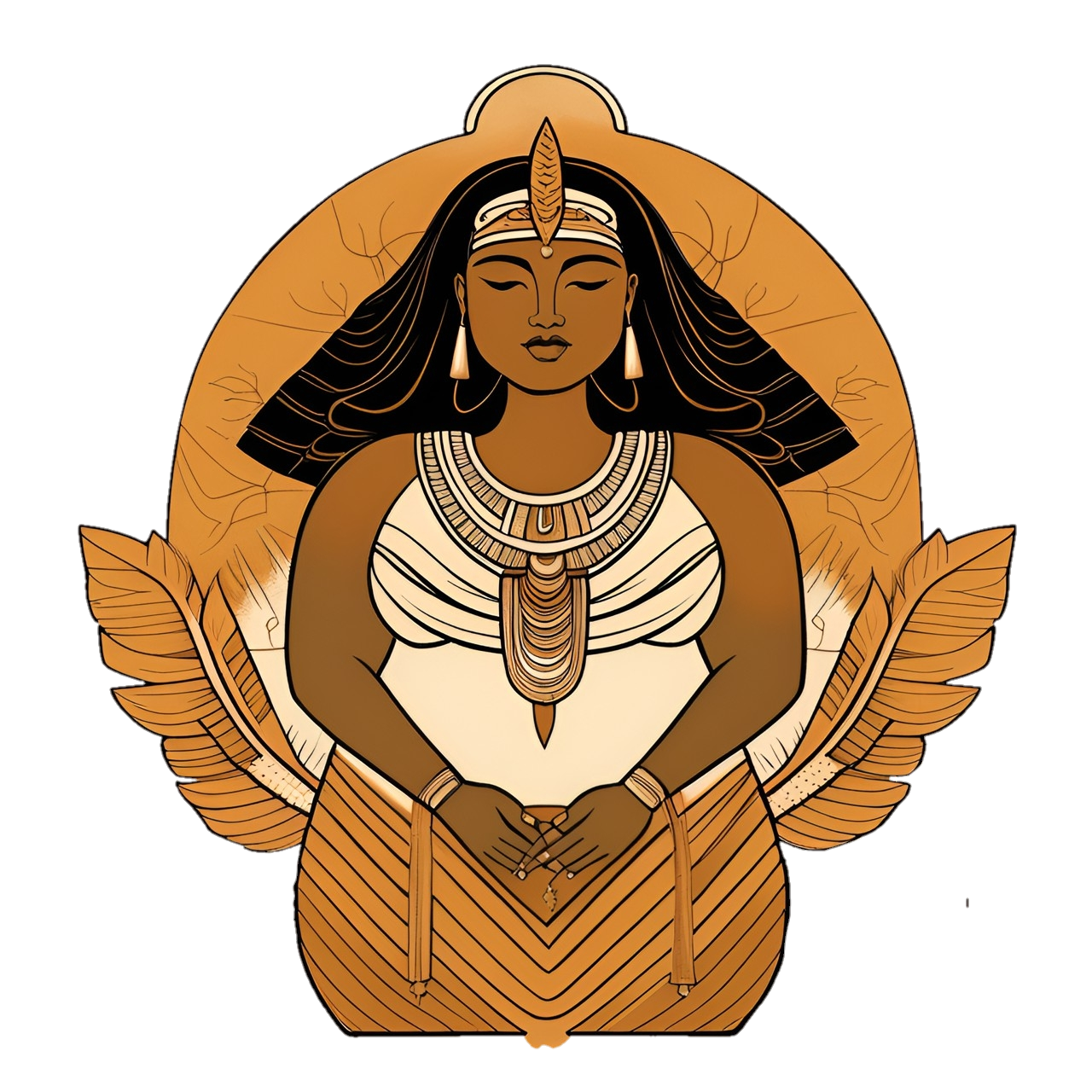
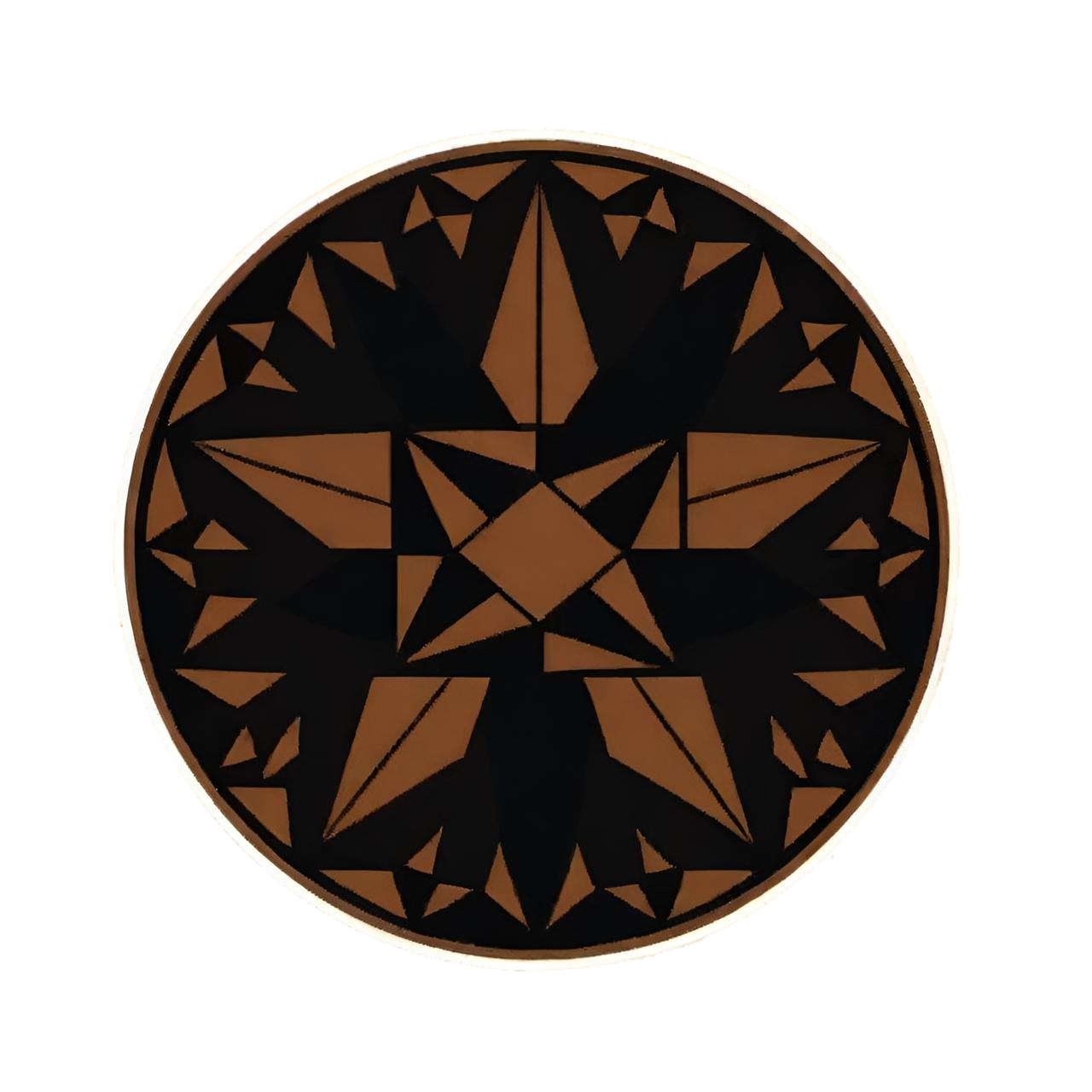
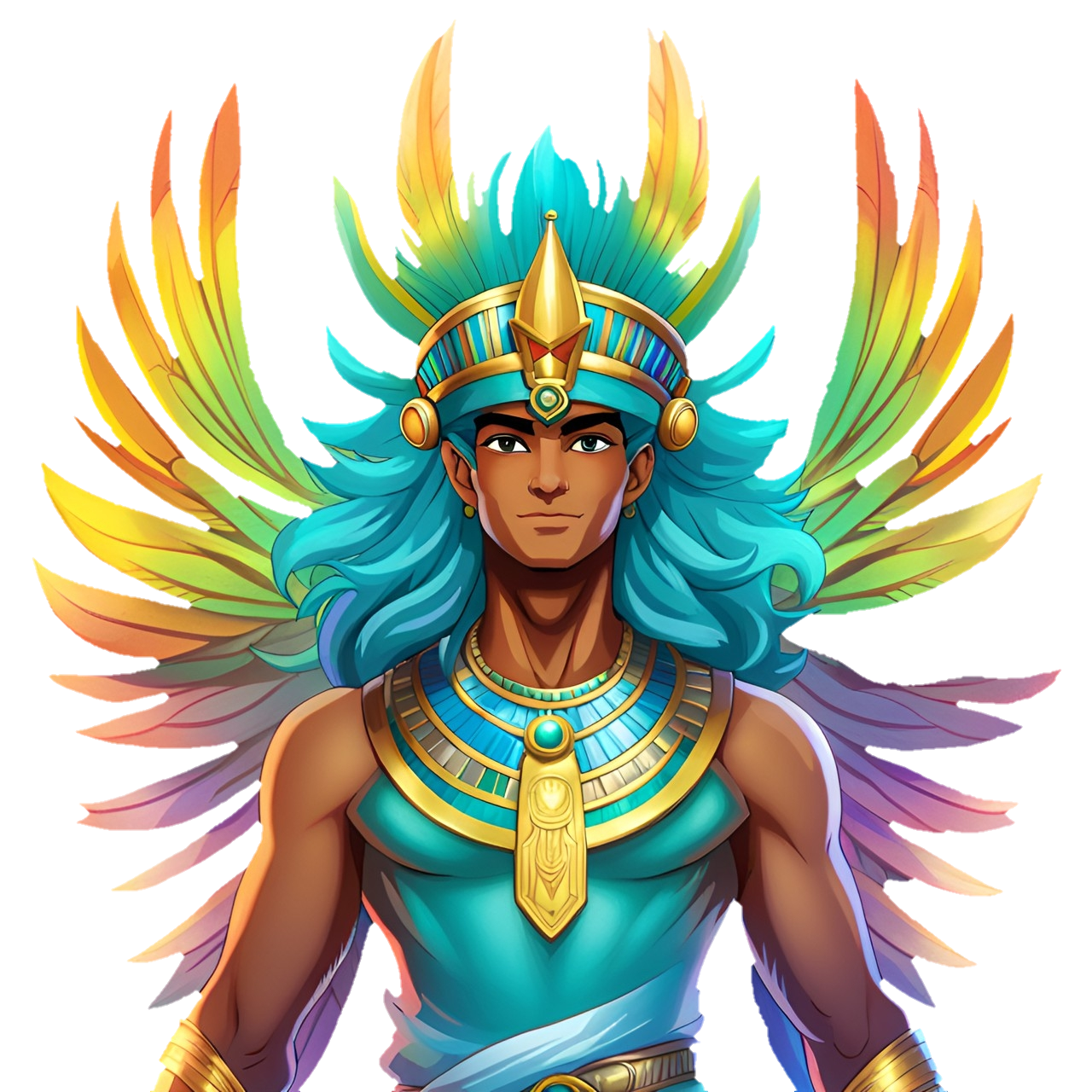


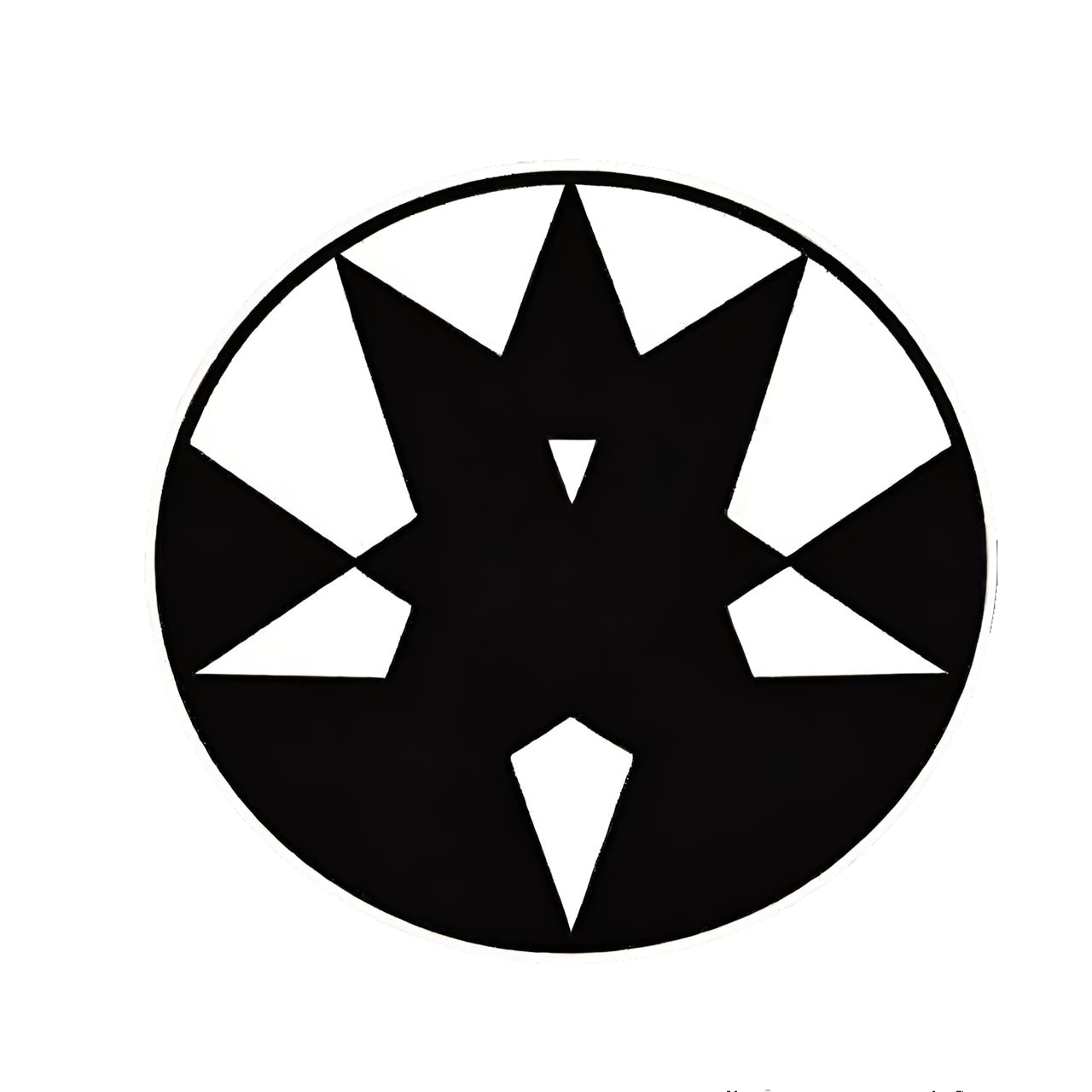
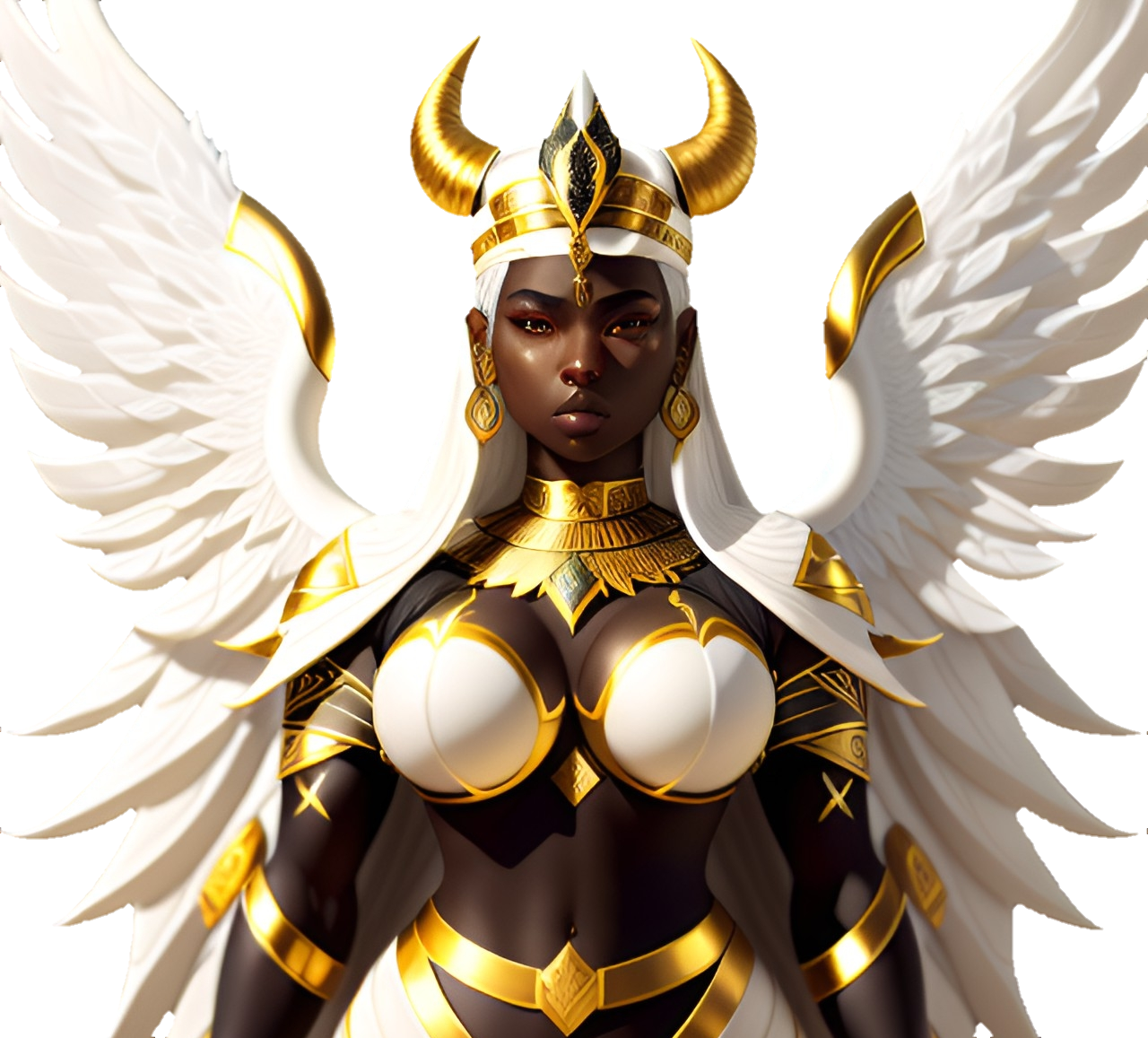
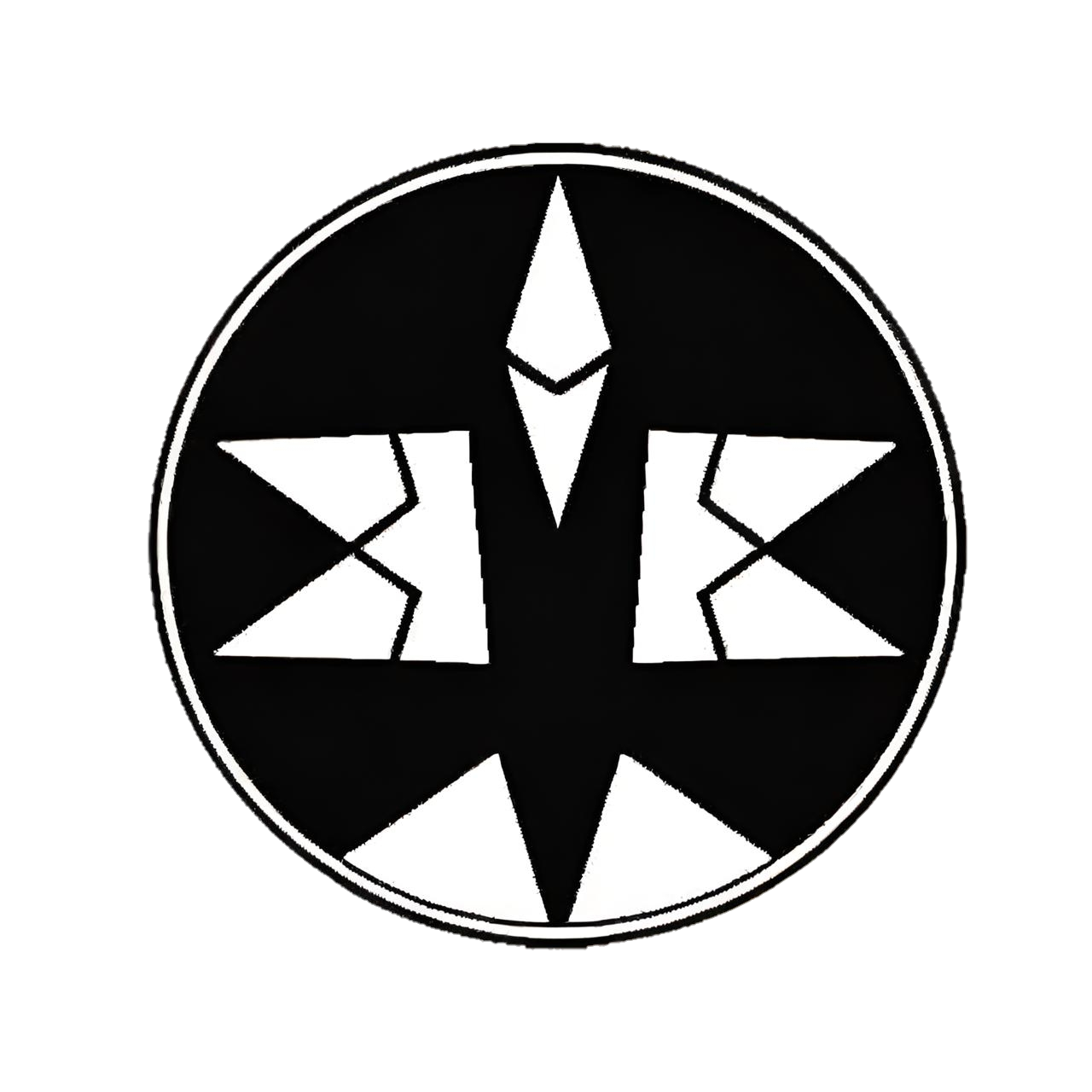
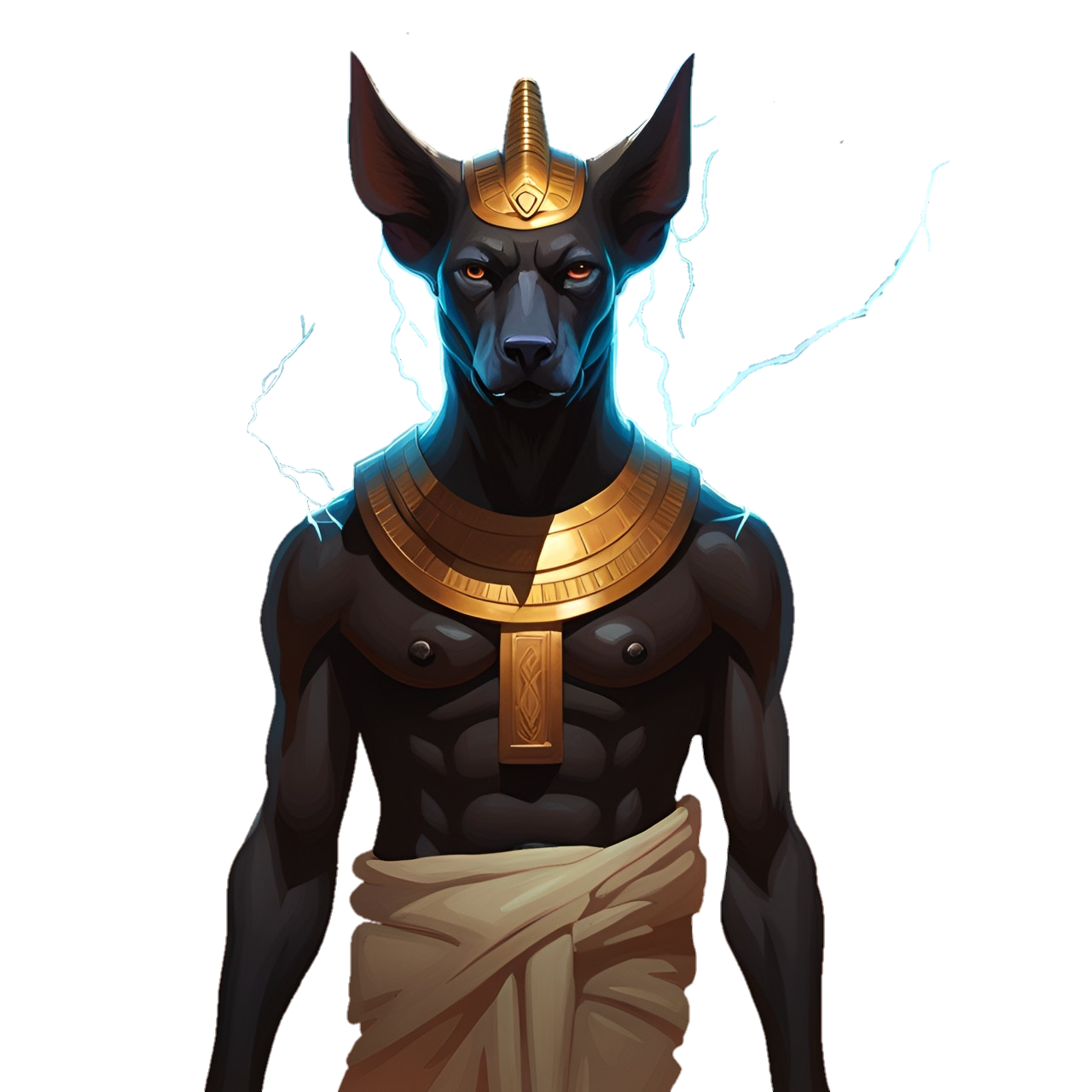
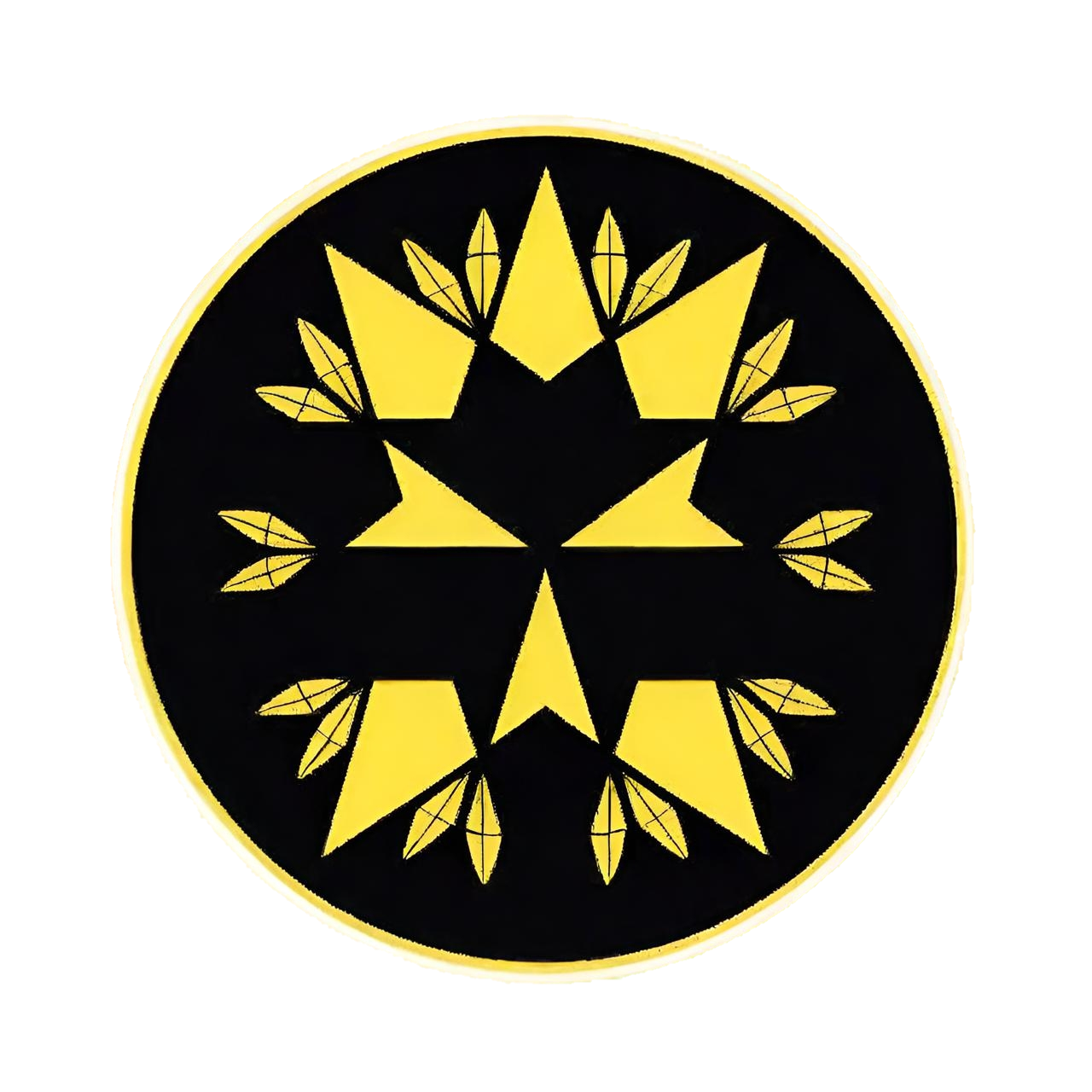
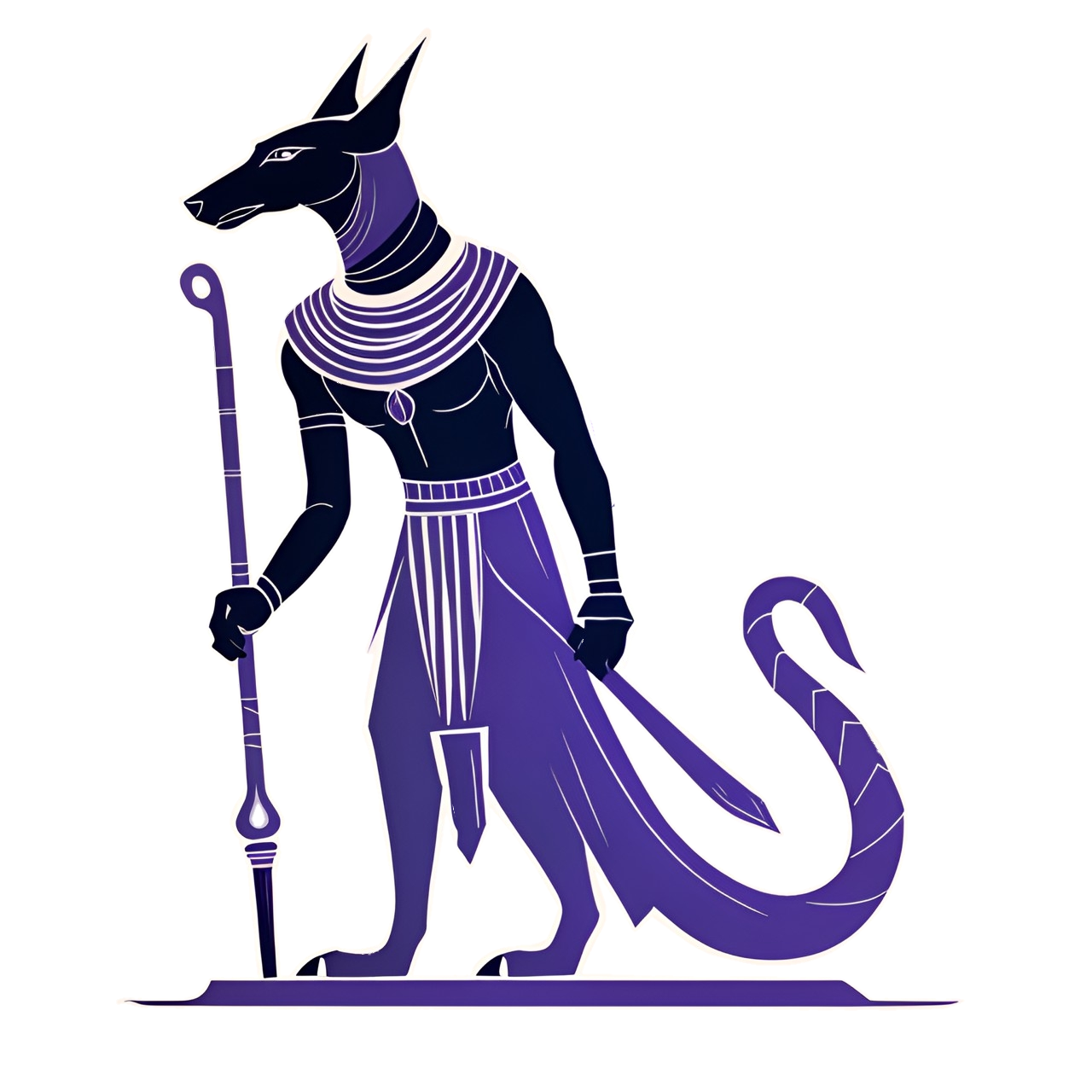
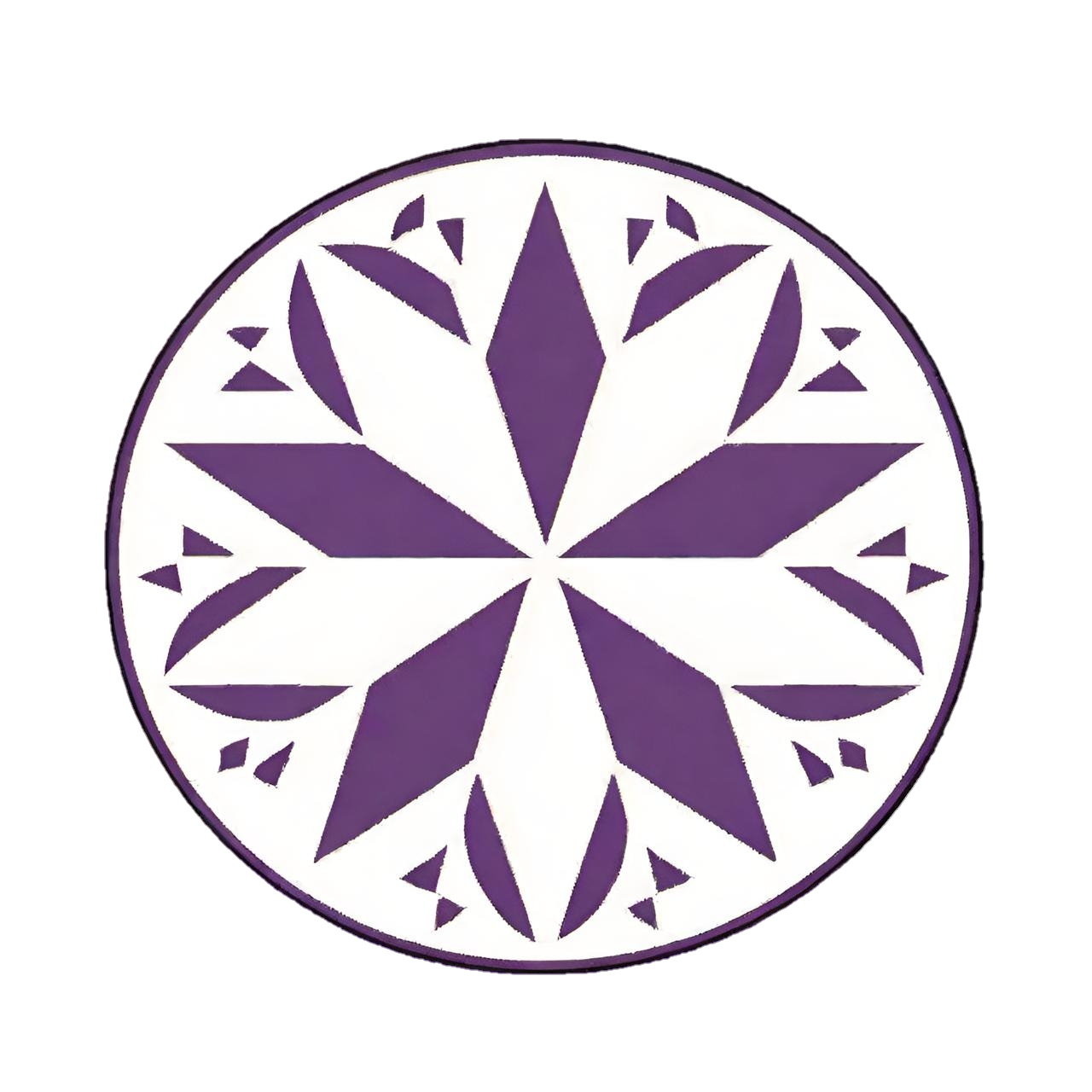
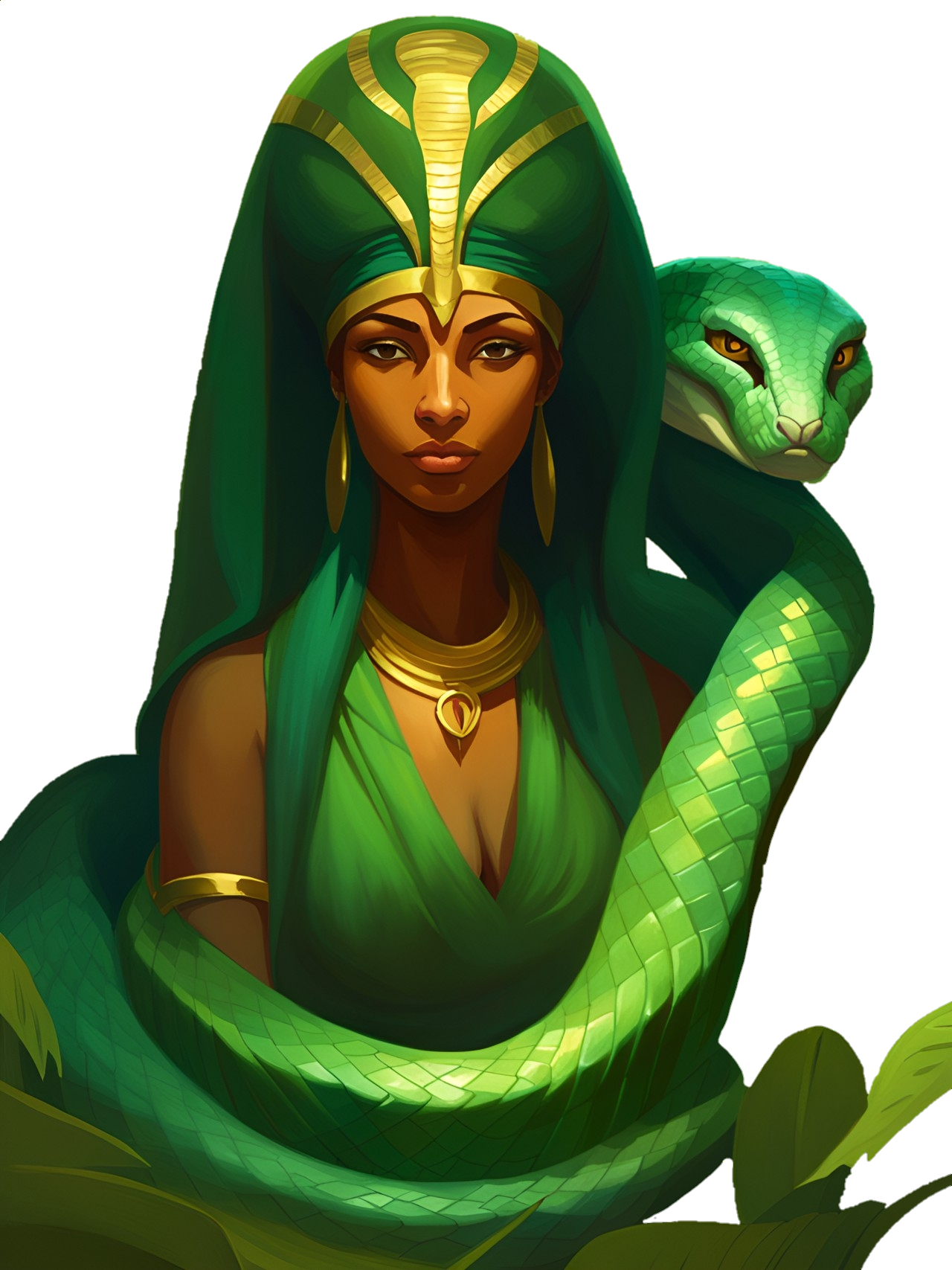
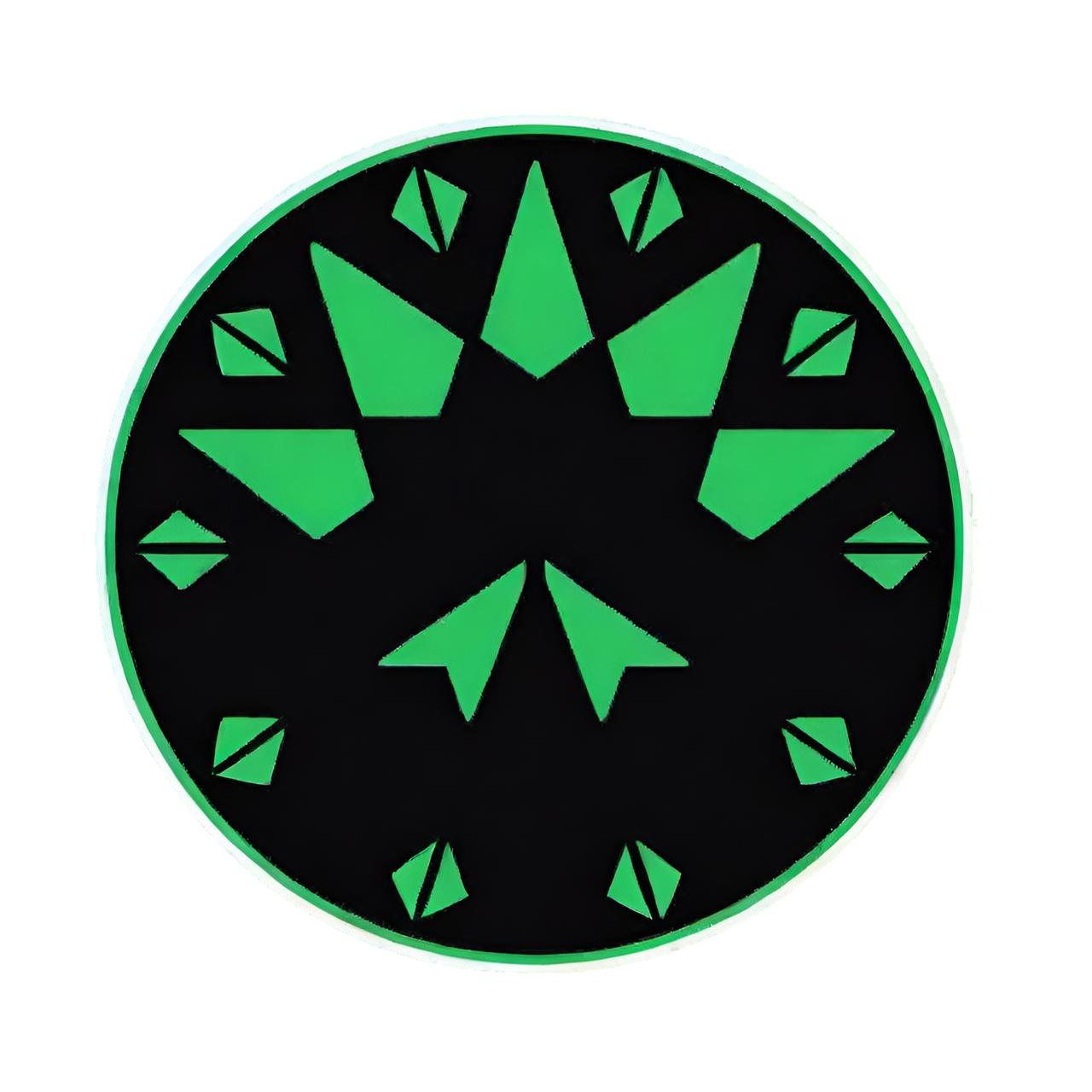
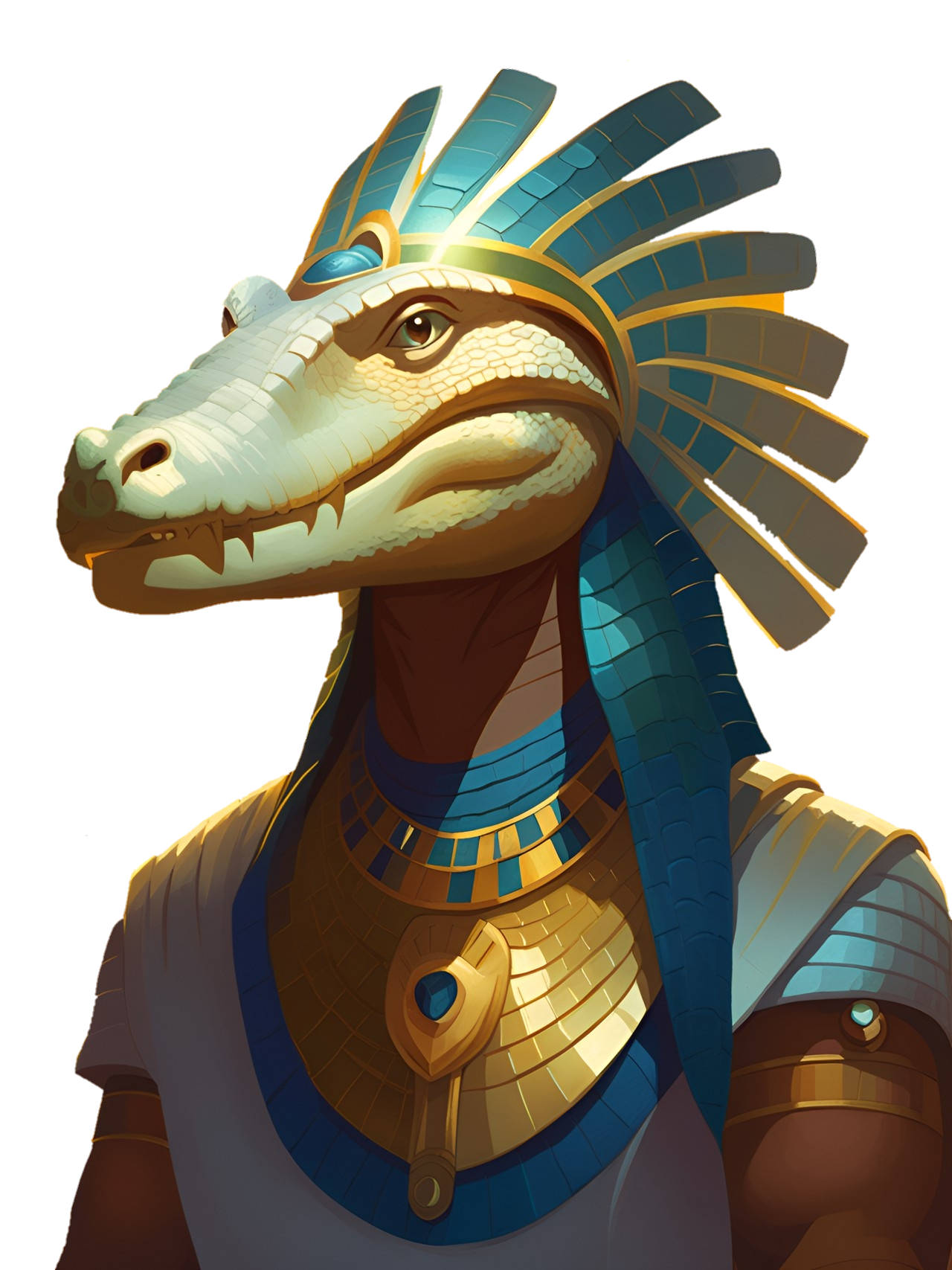

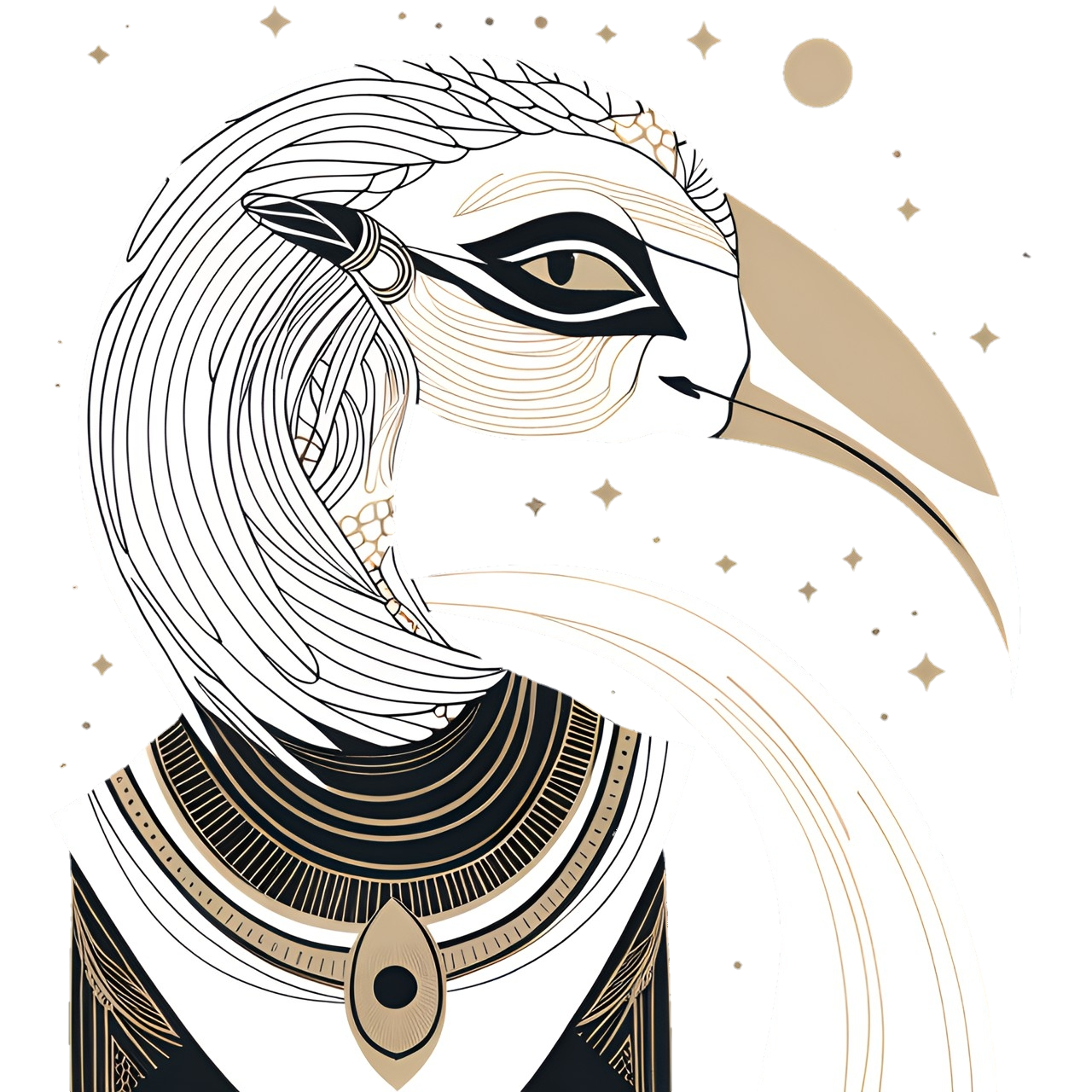
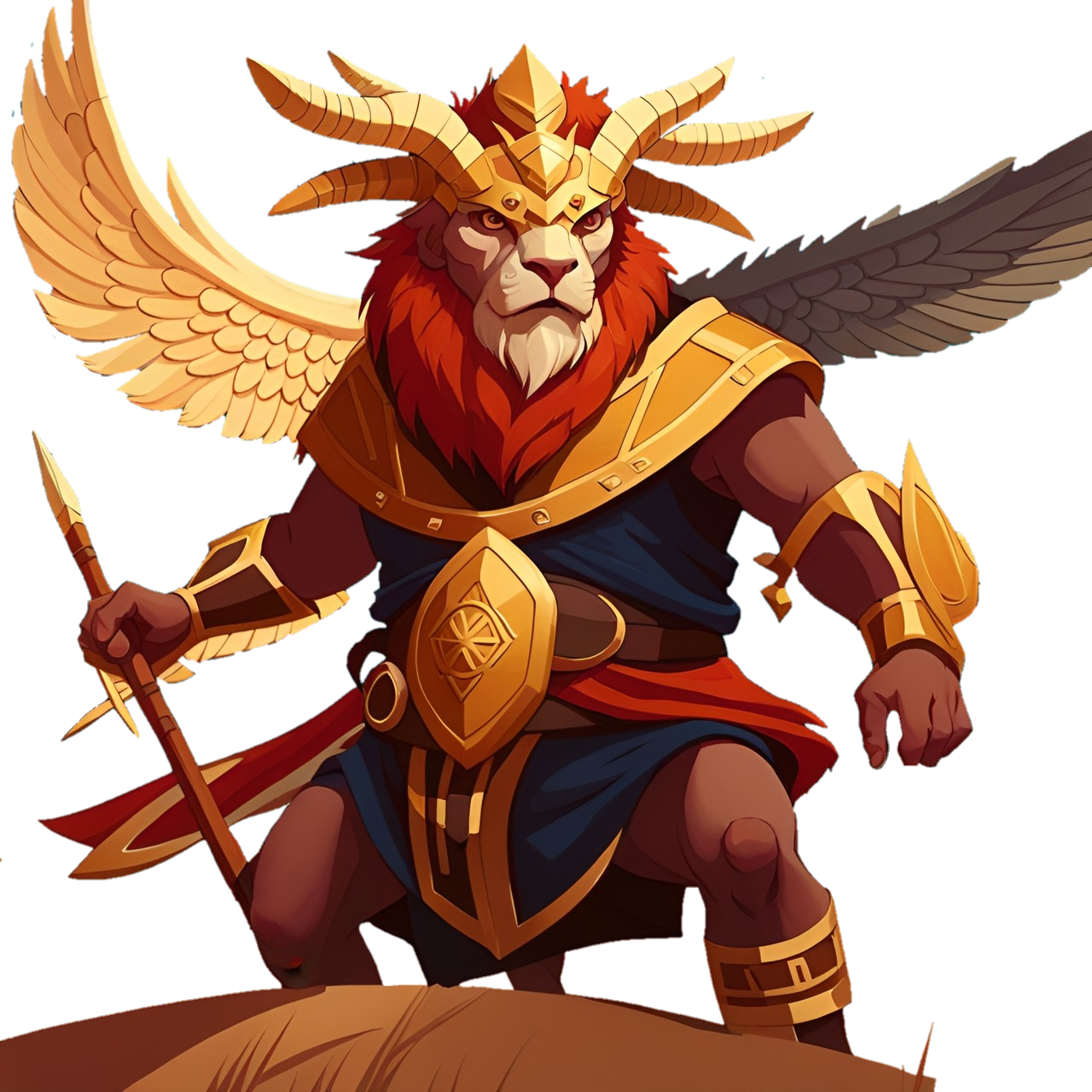
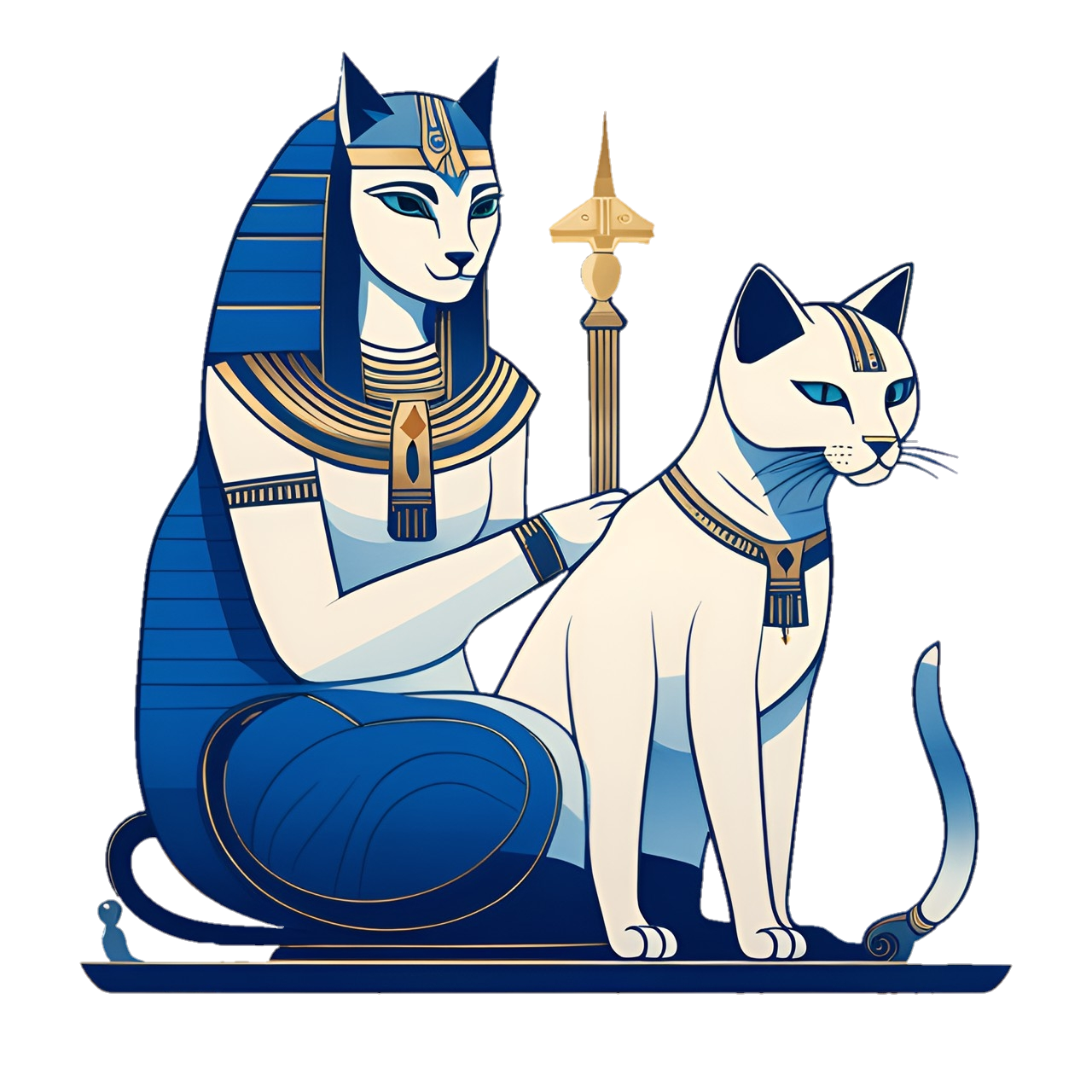
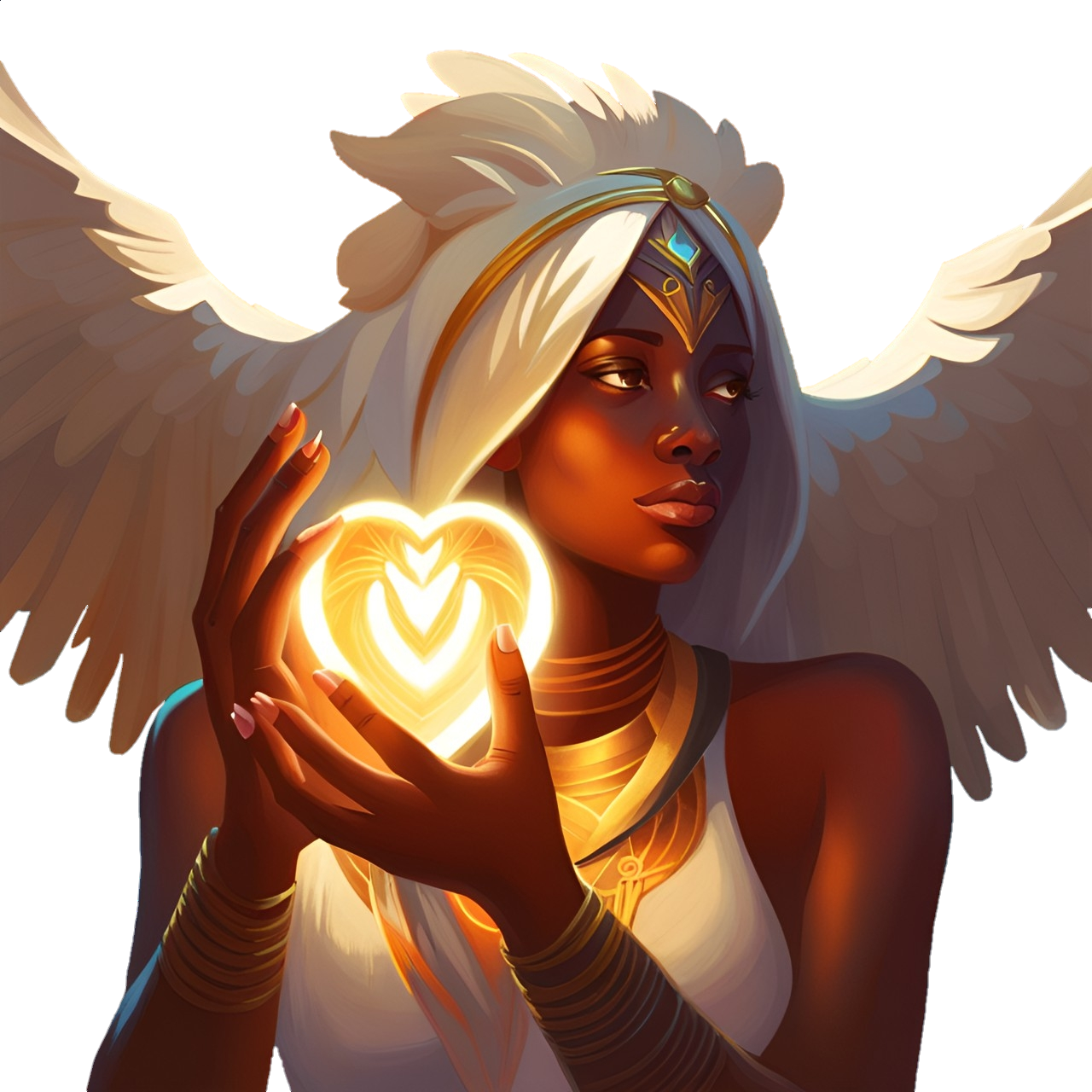
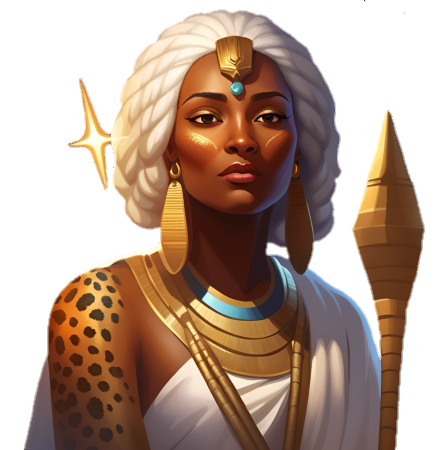
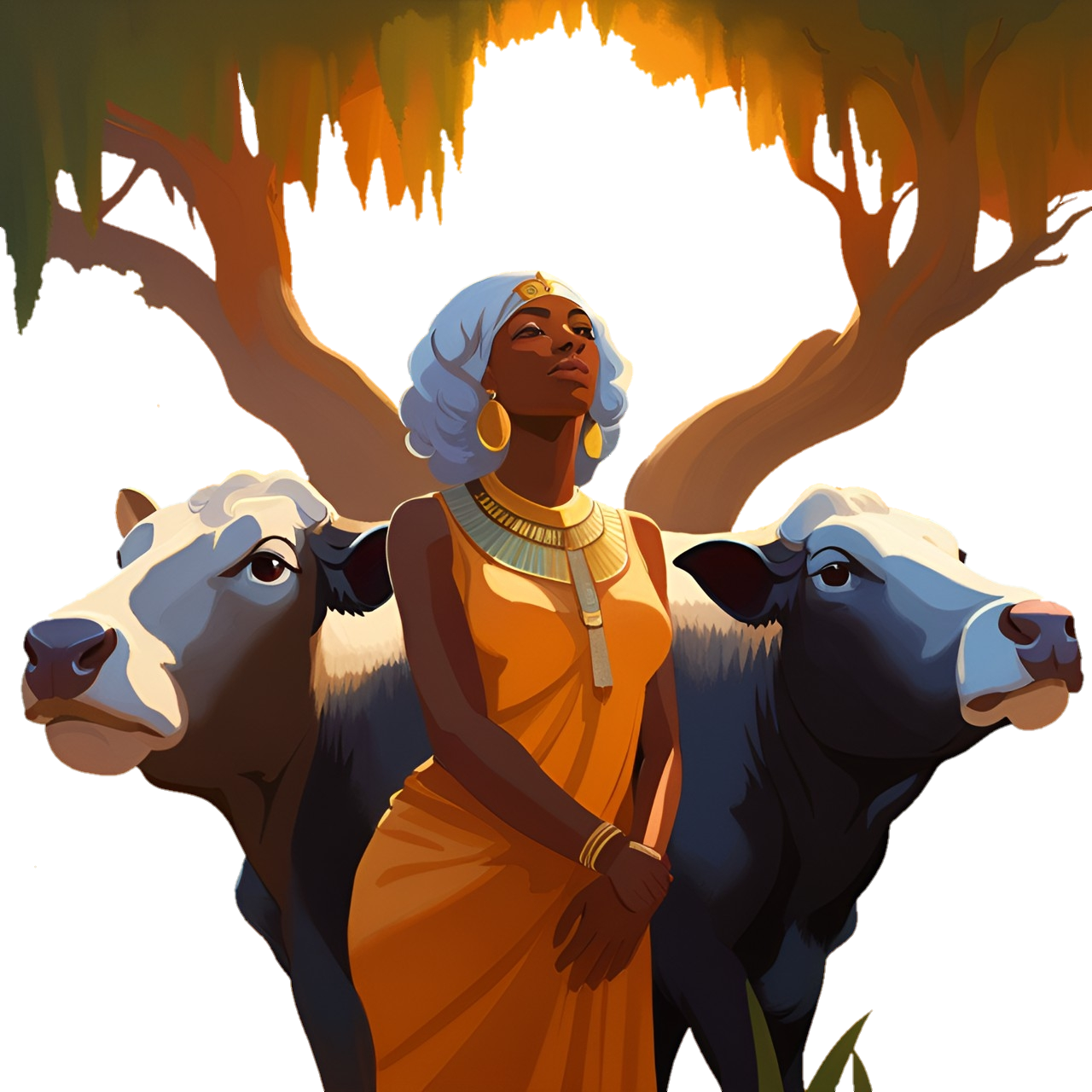


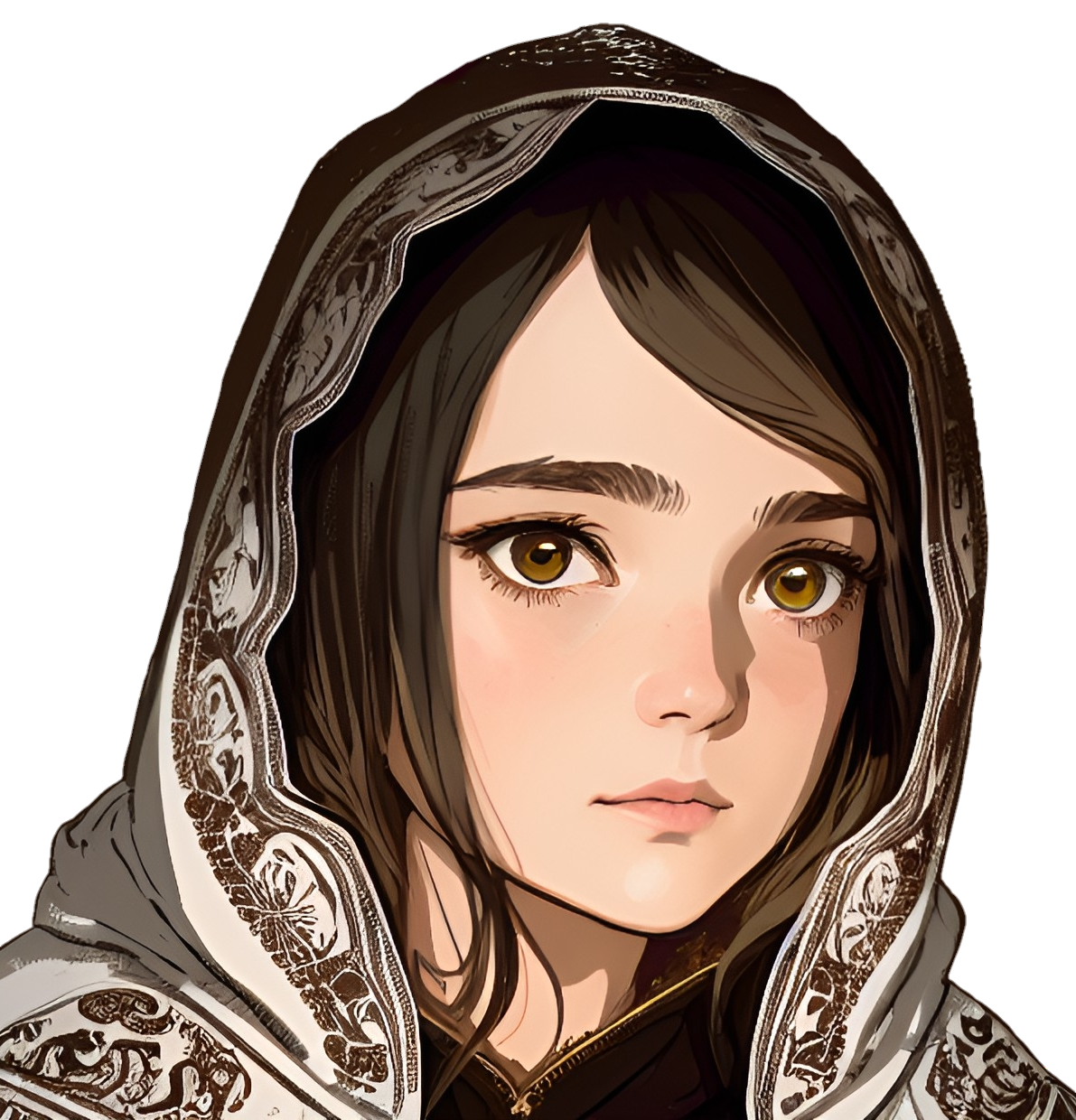
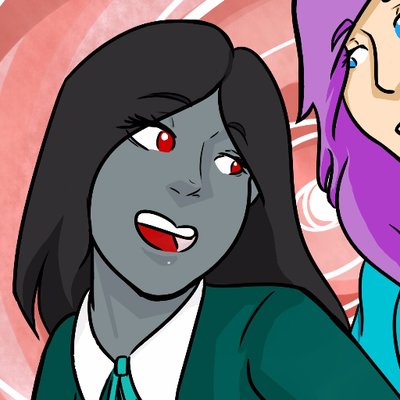
Cool Pantheon lore is a lot of detailing amazing work